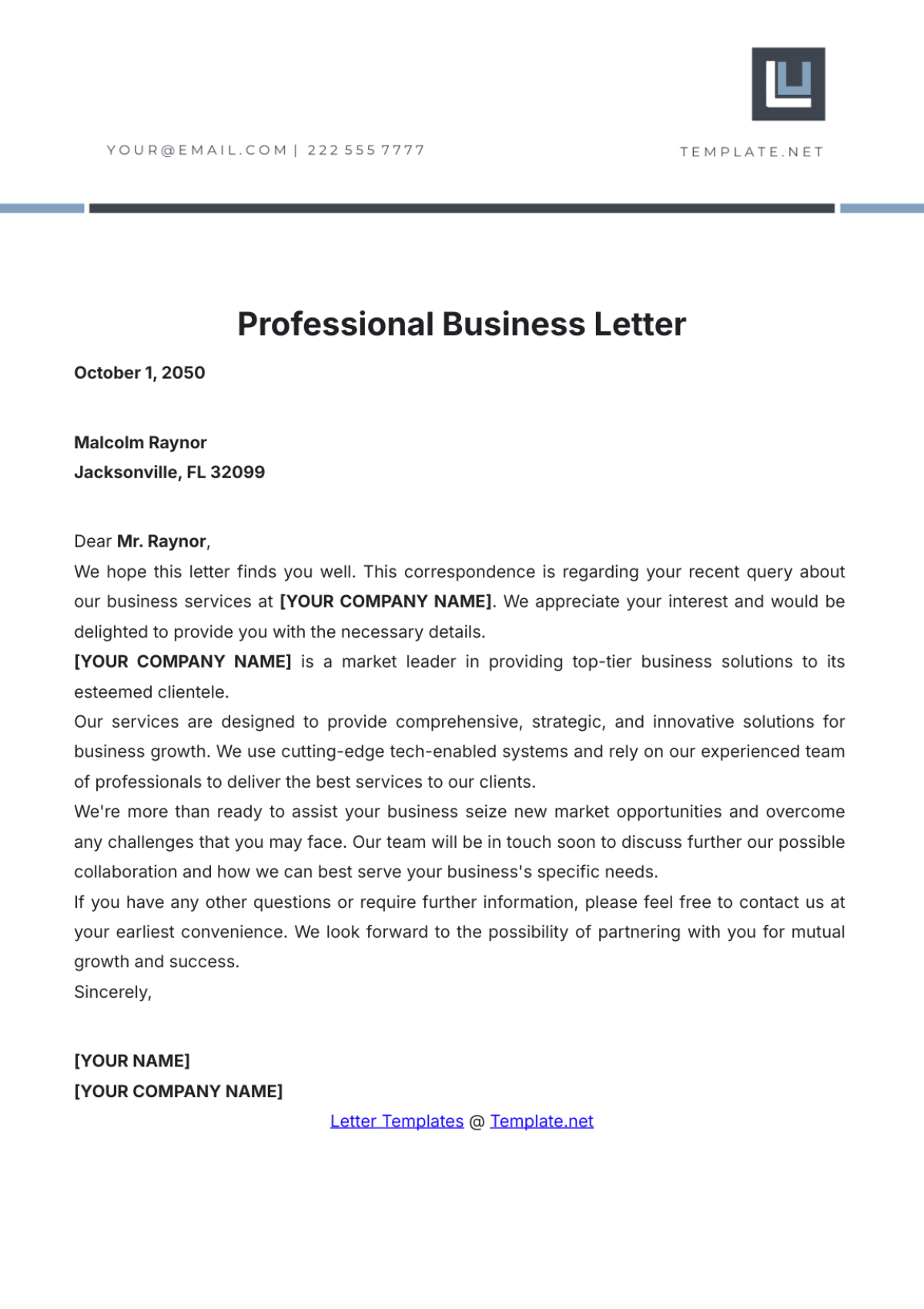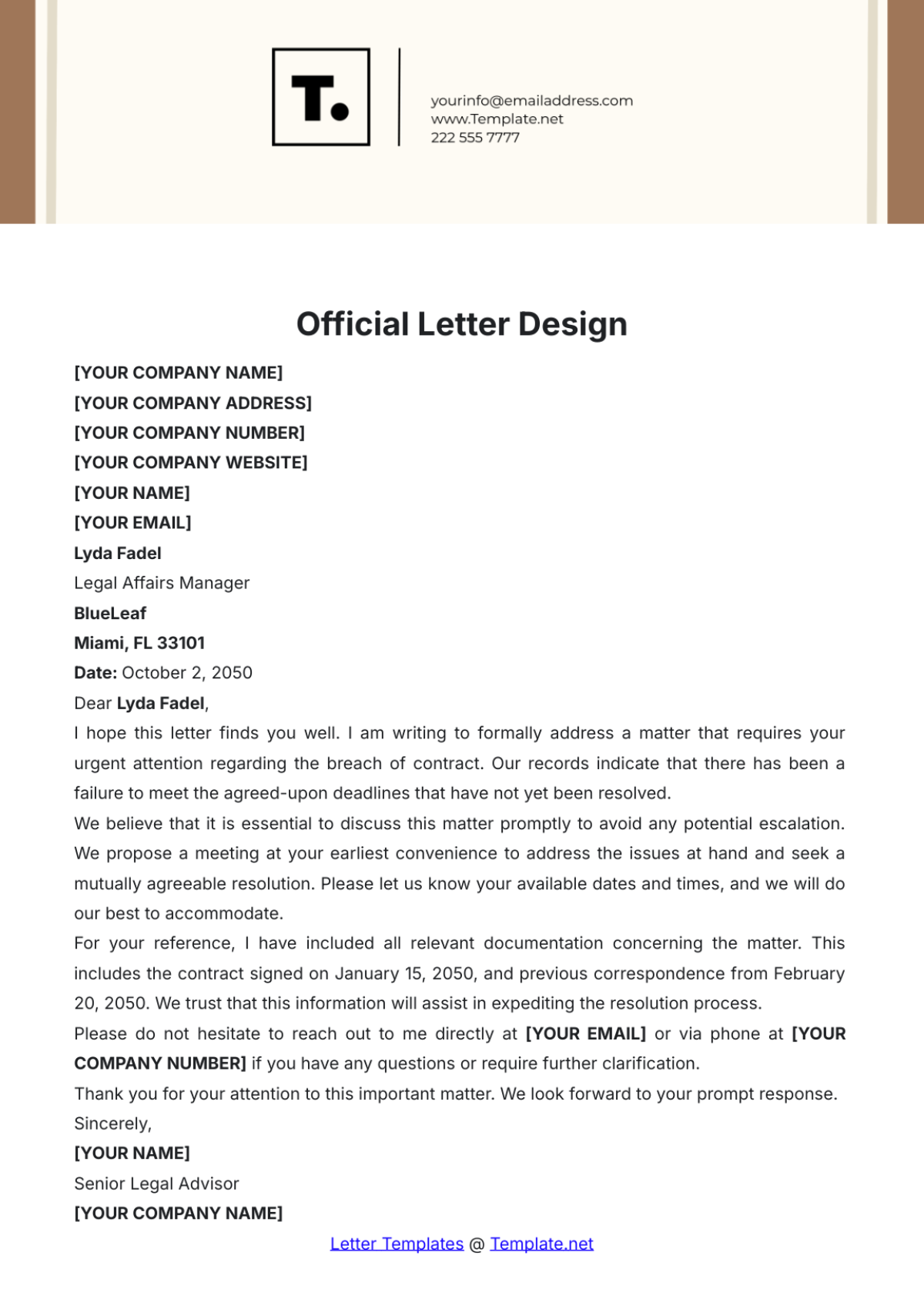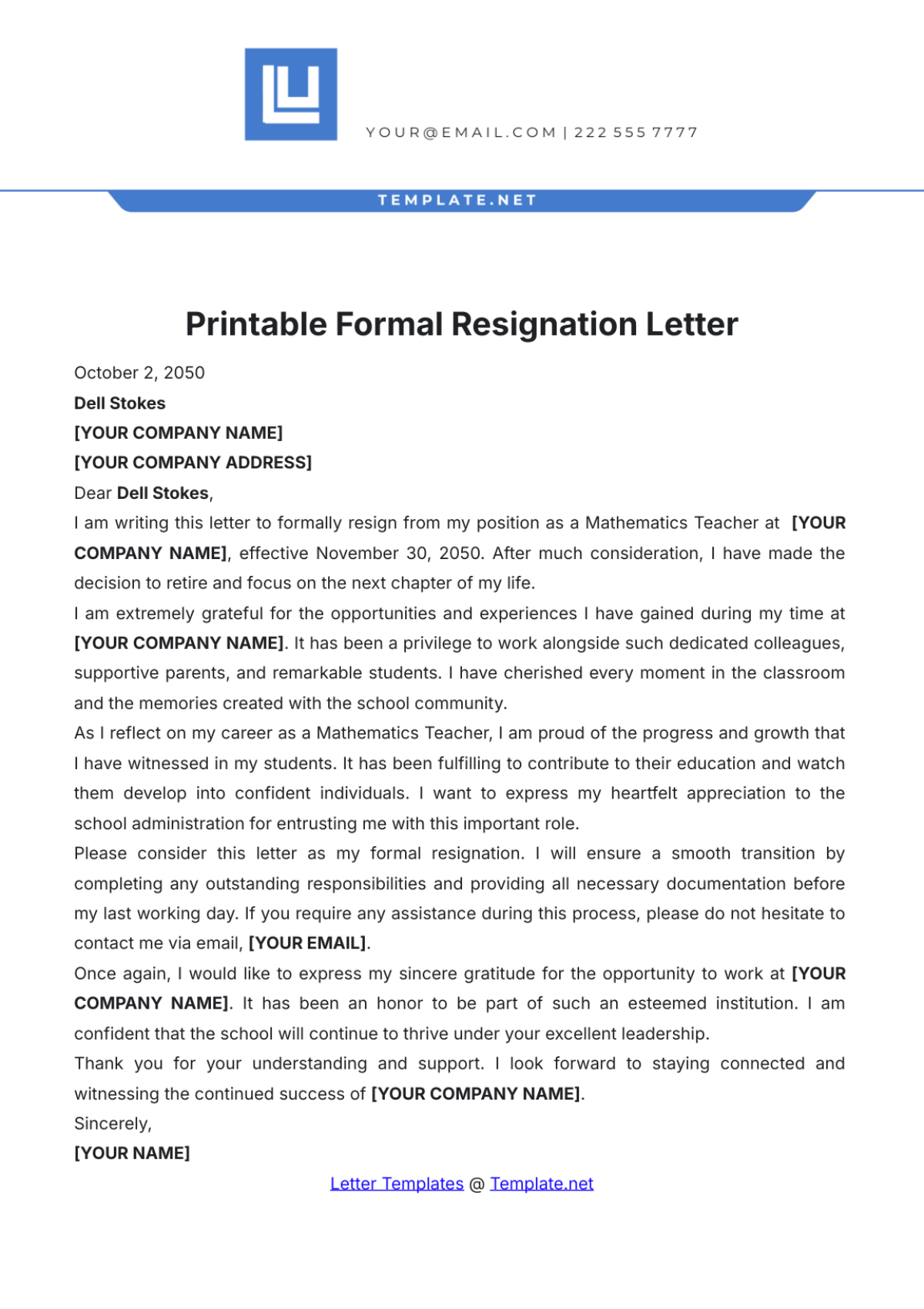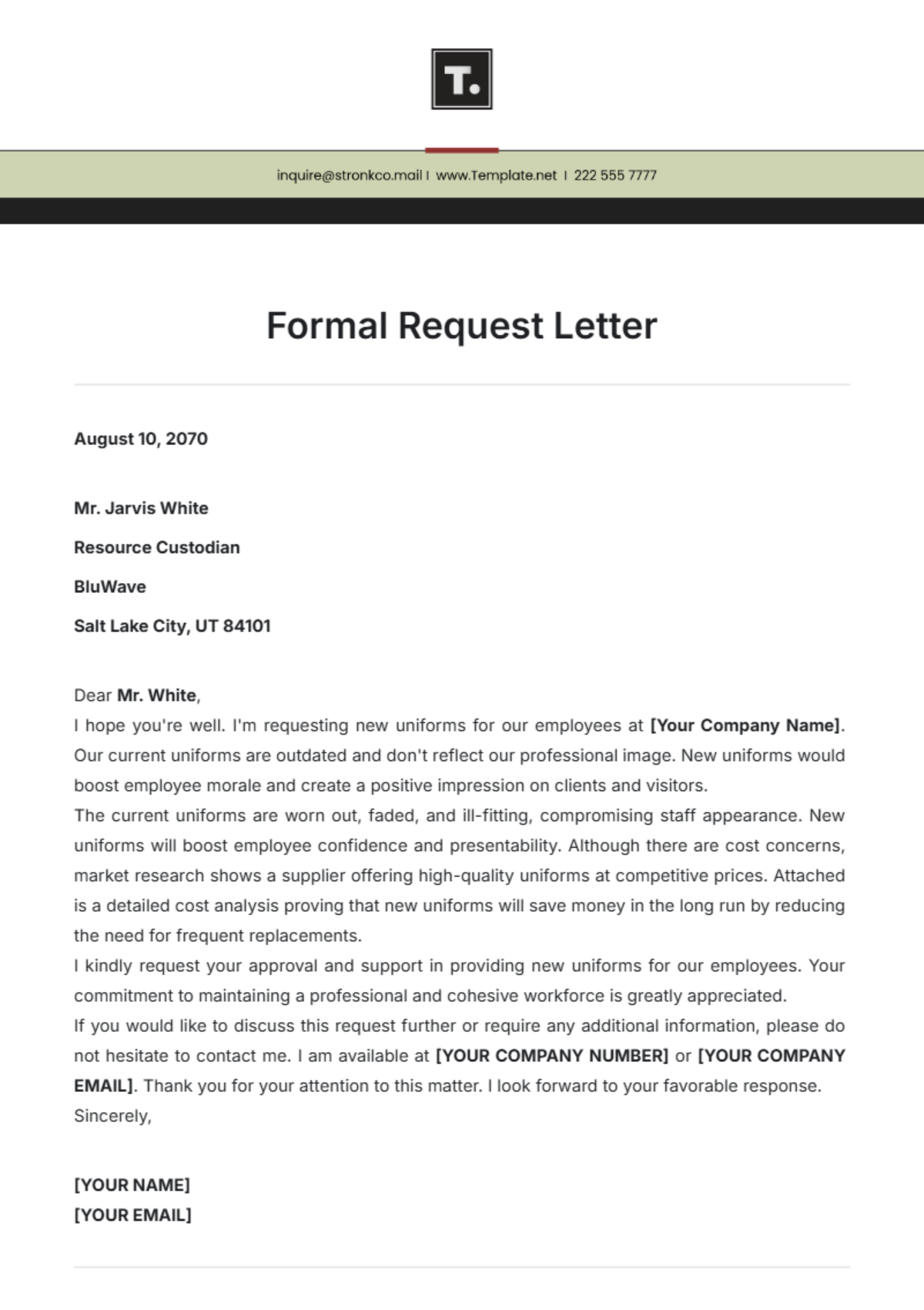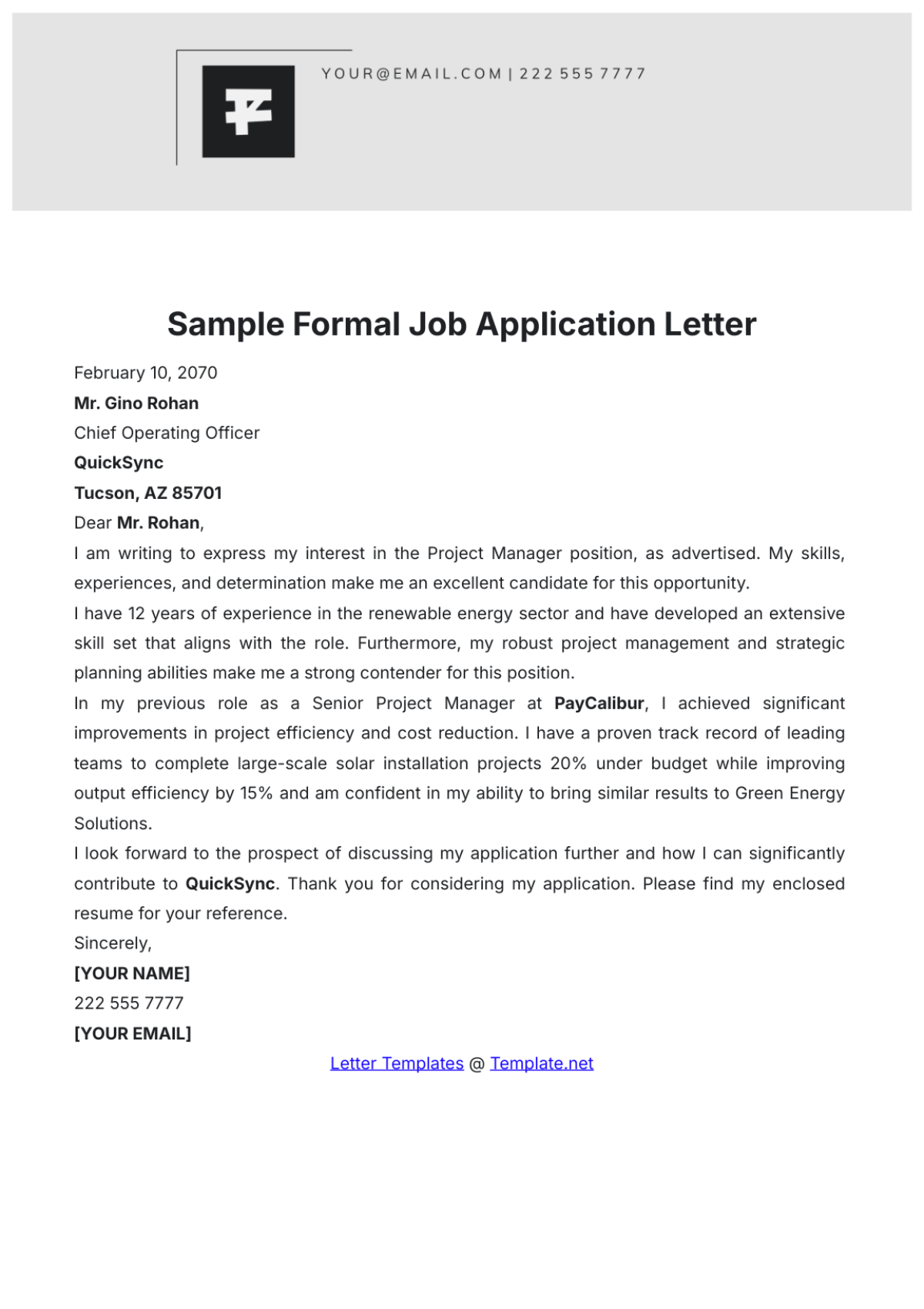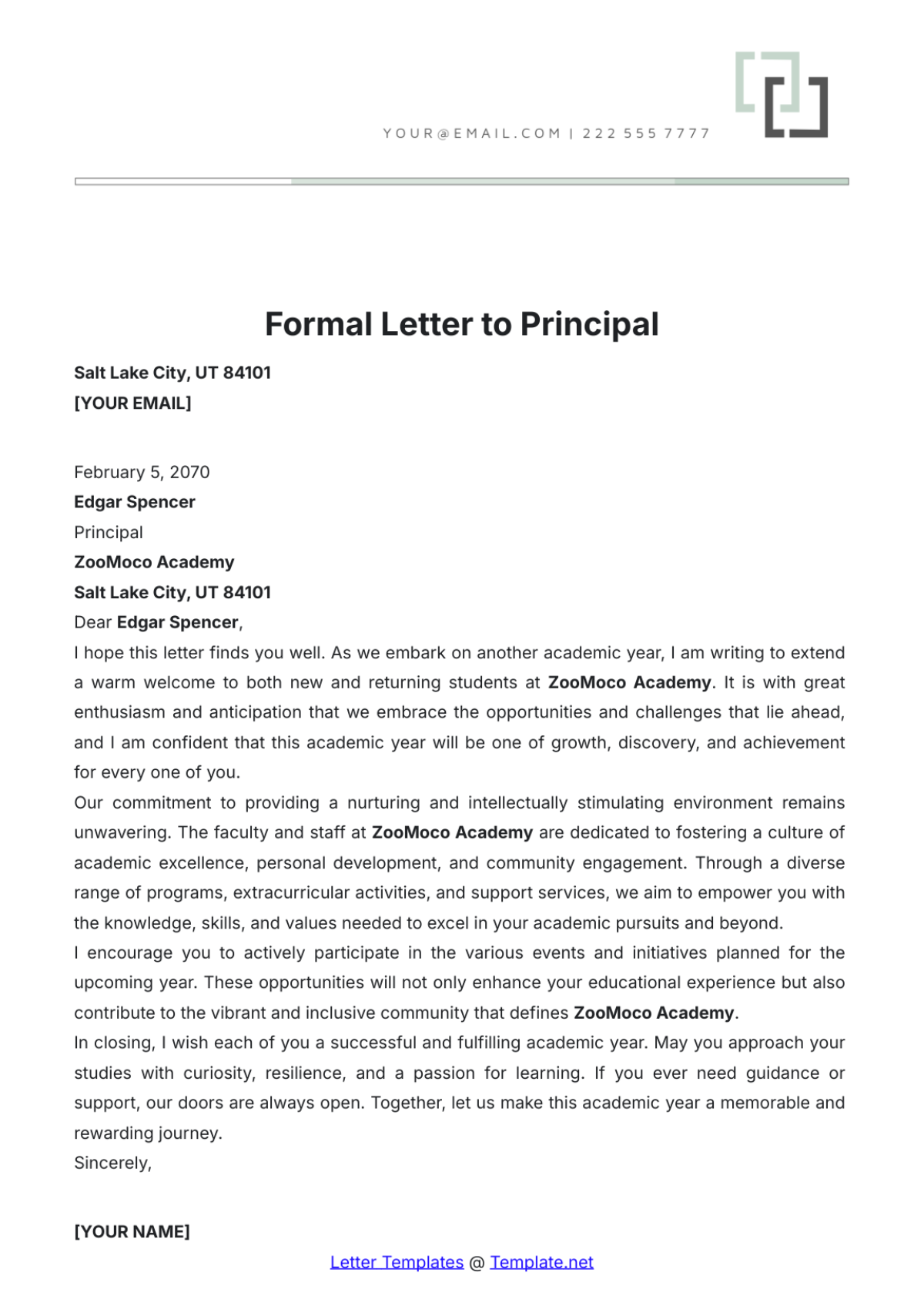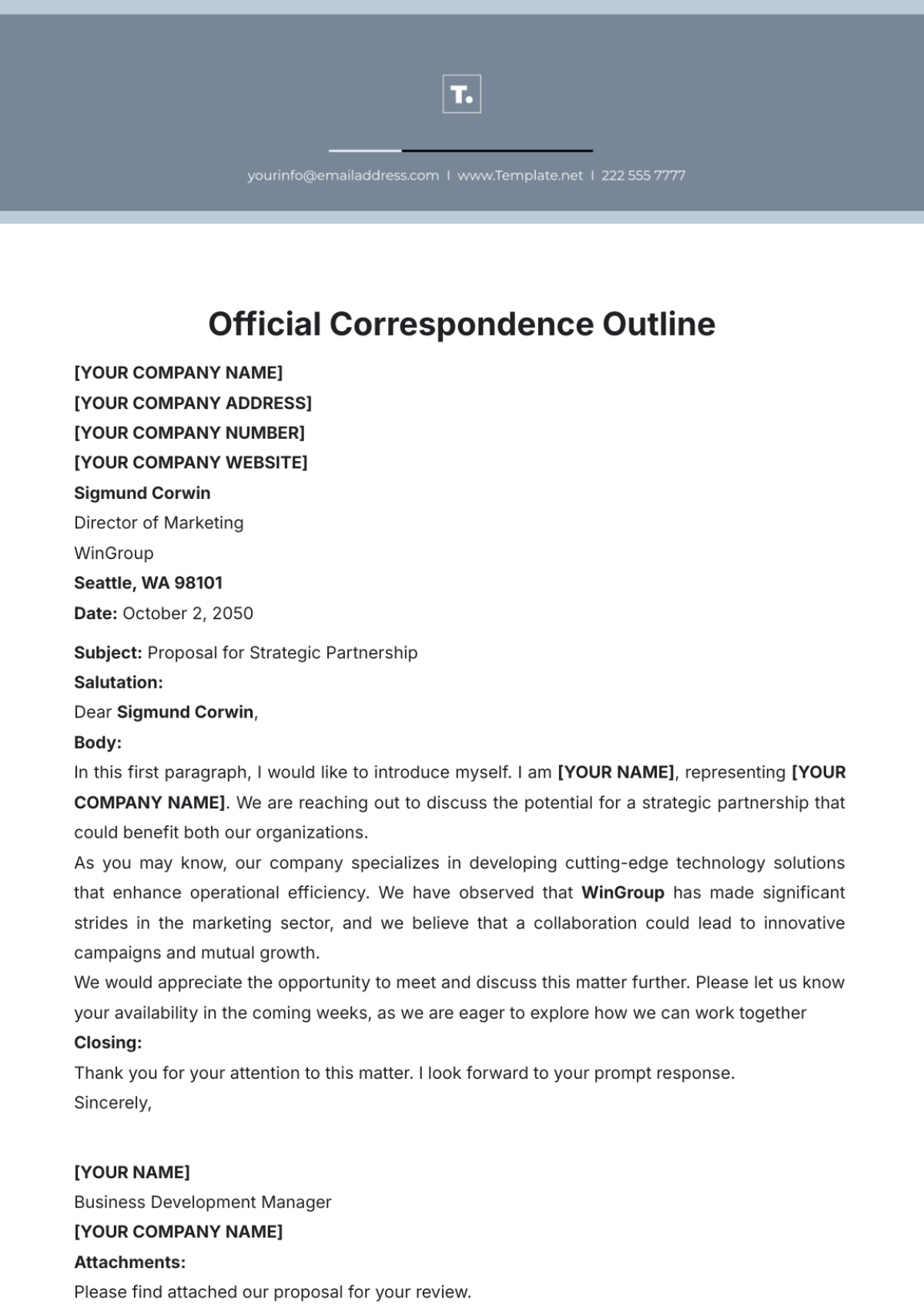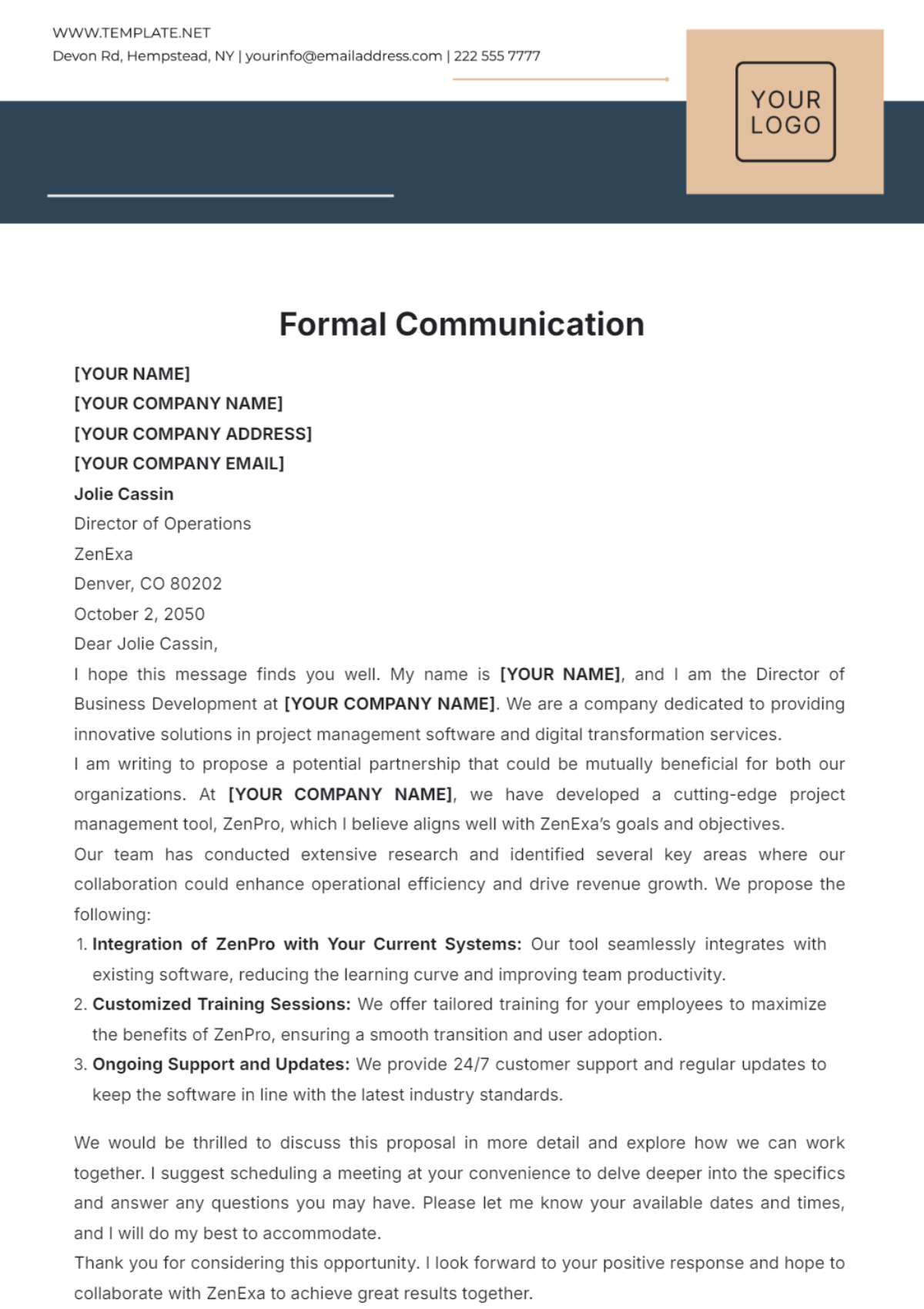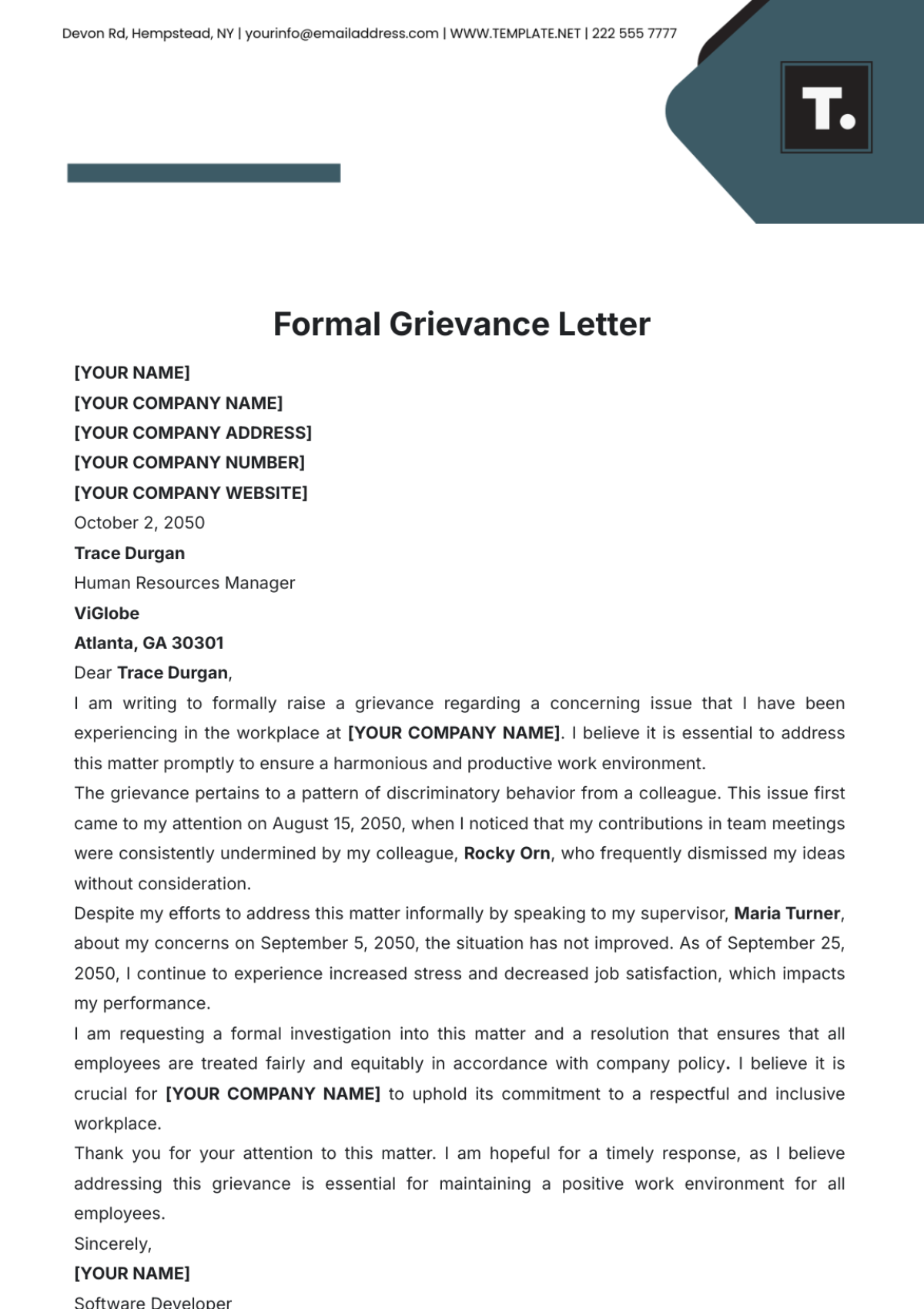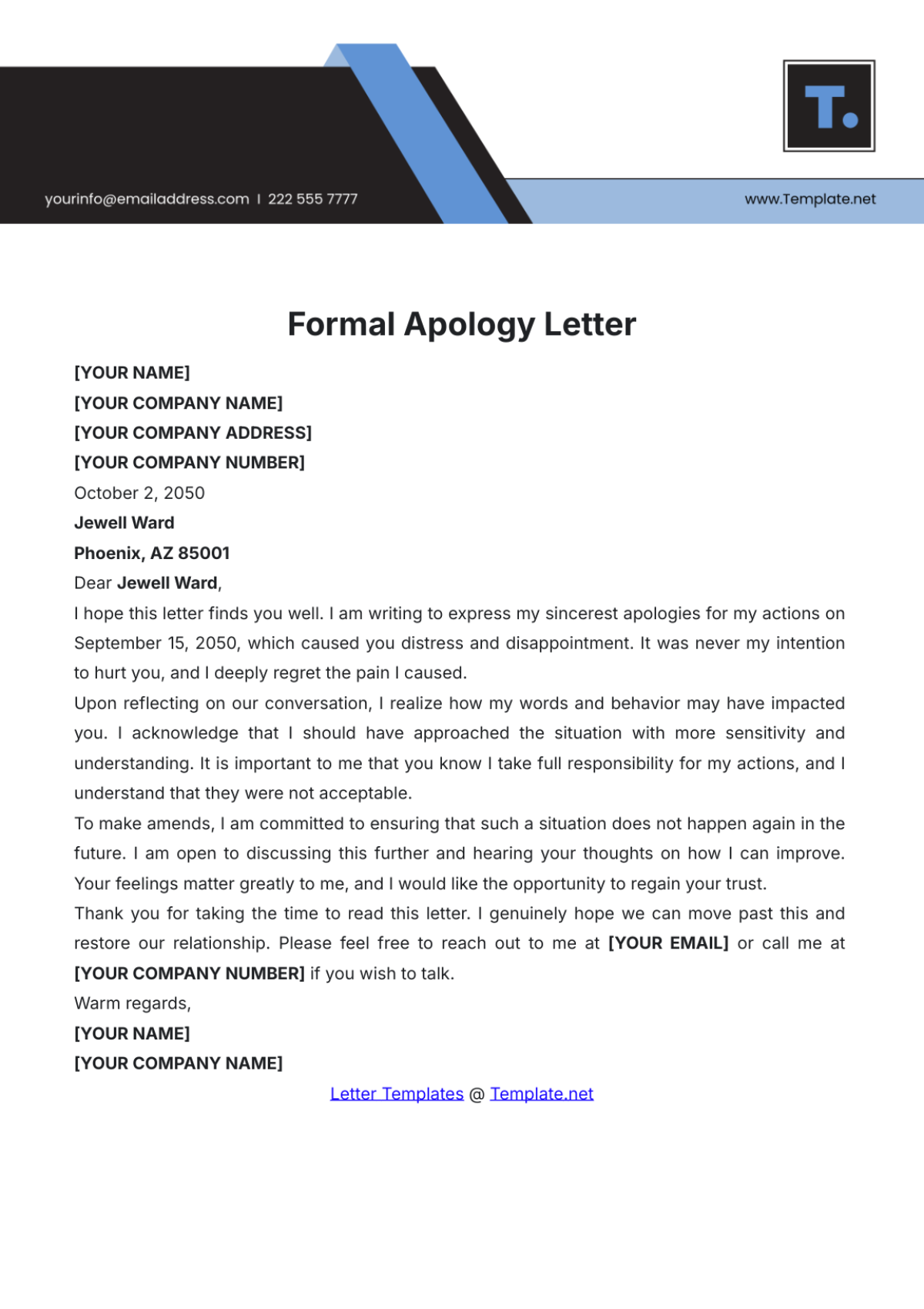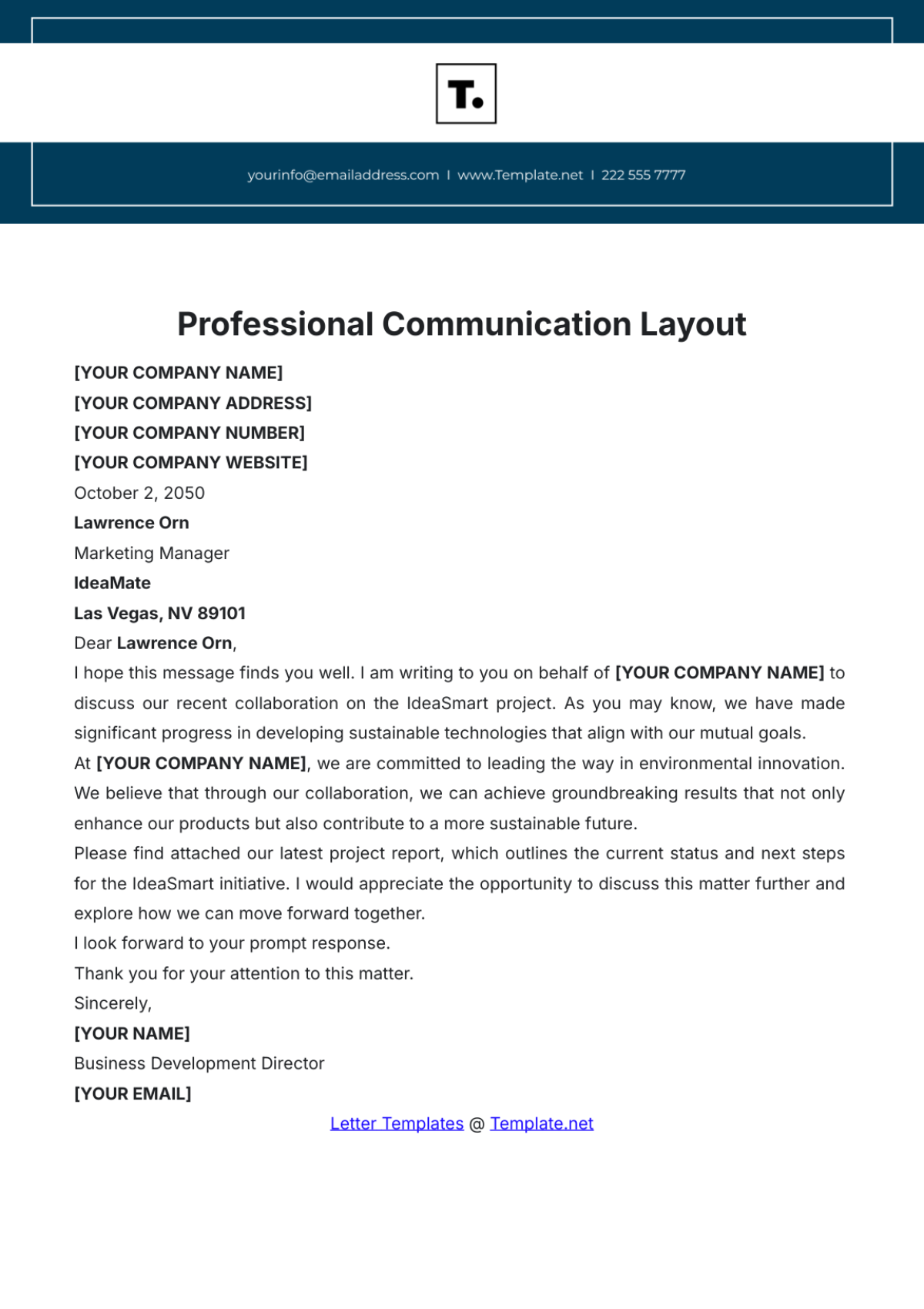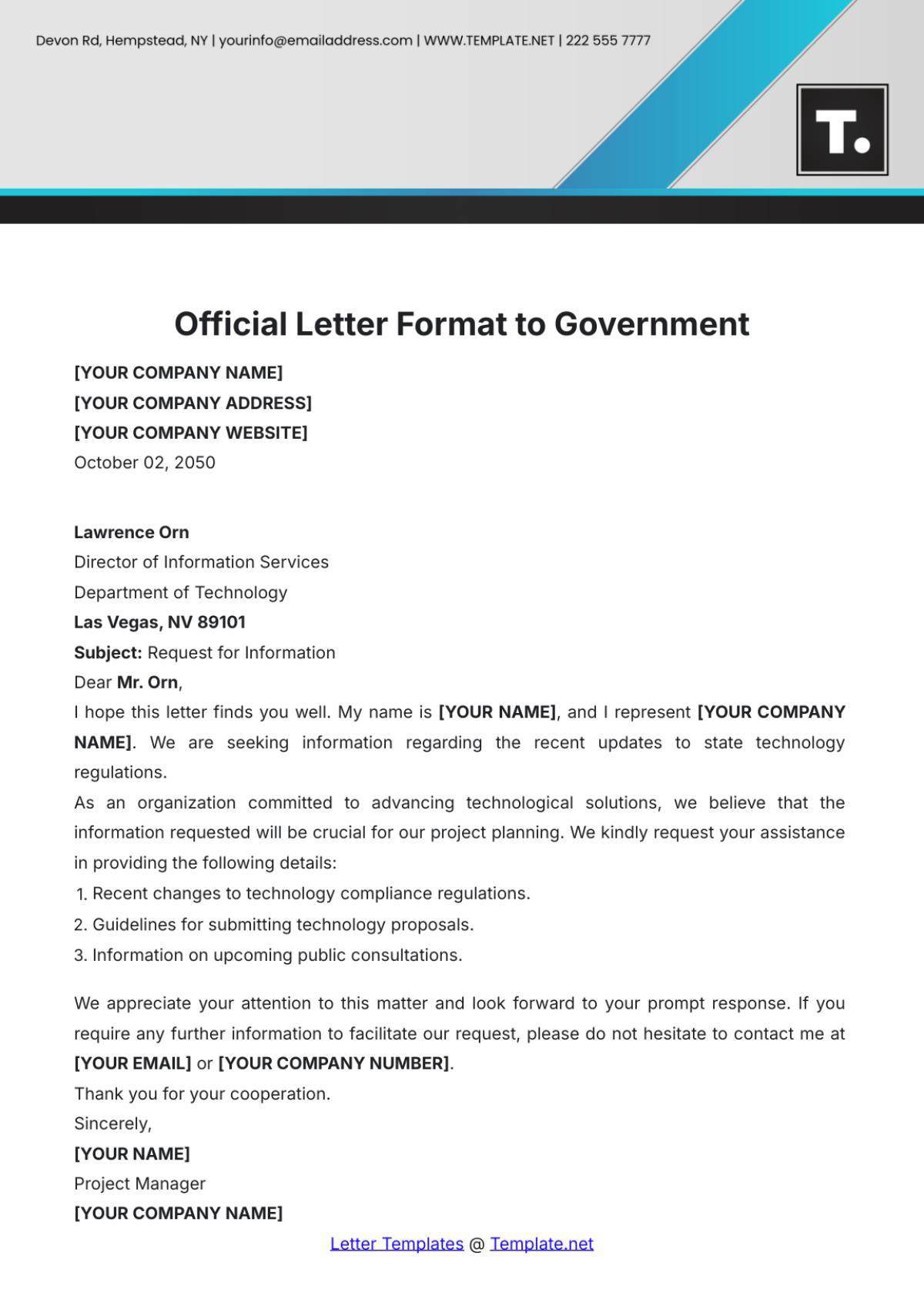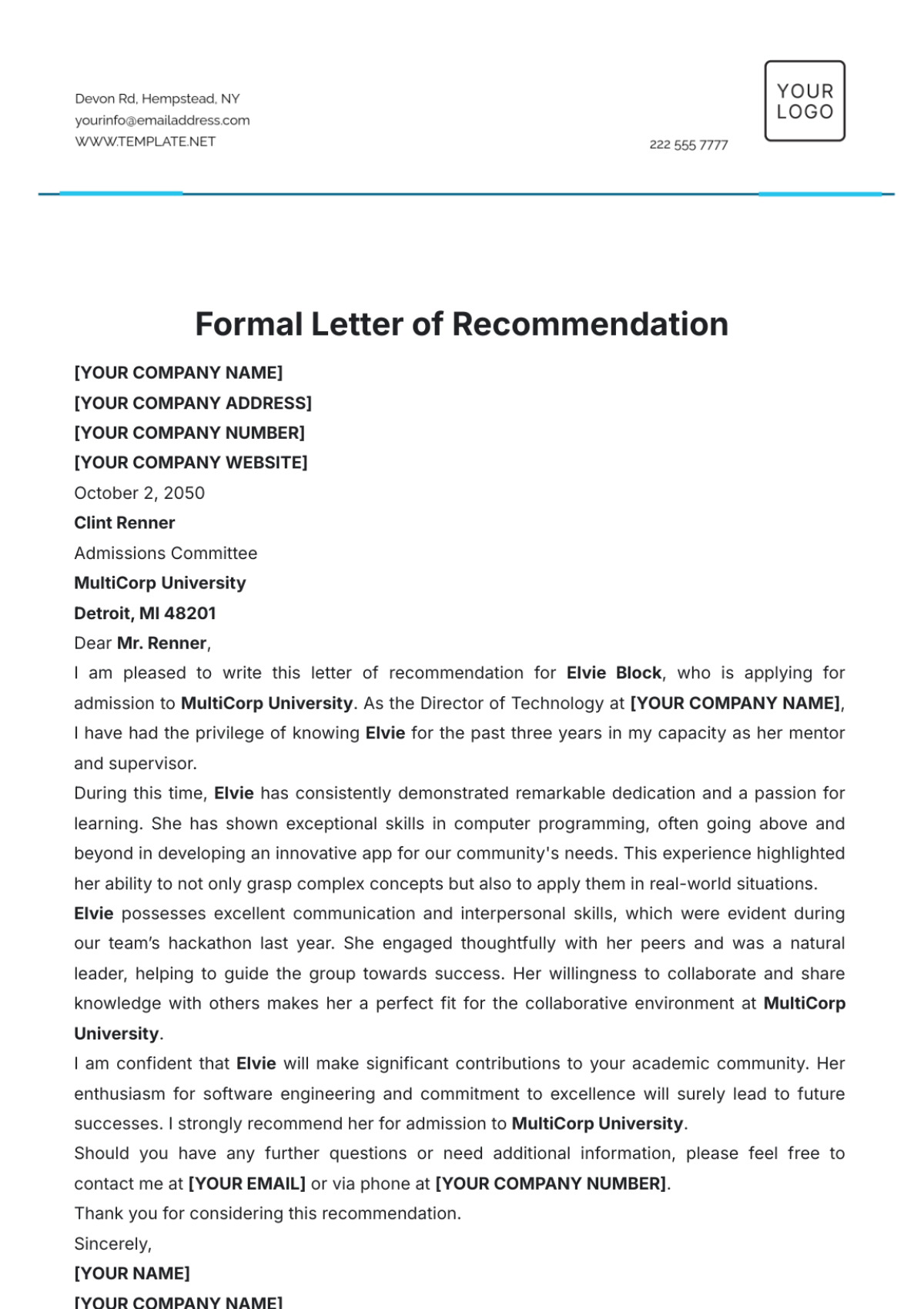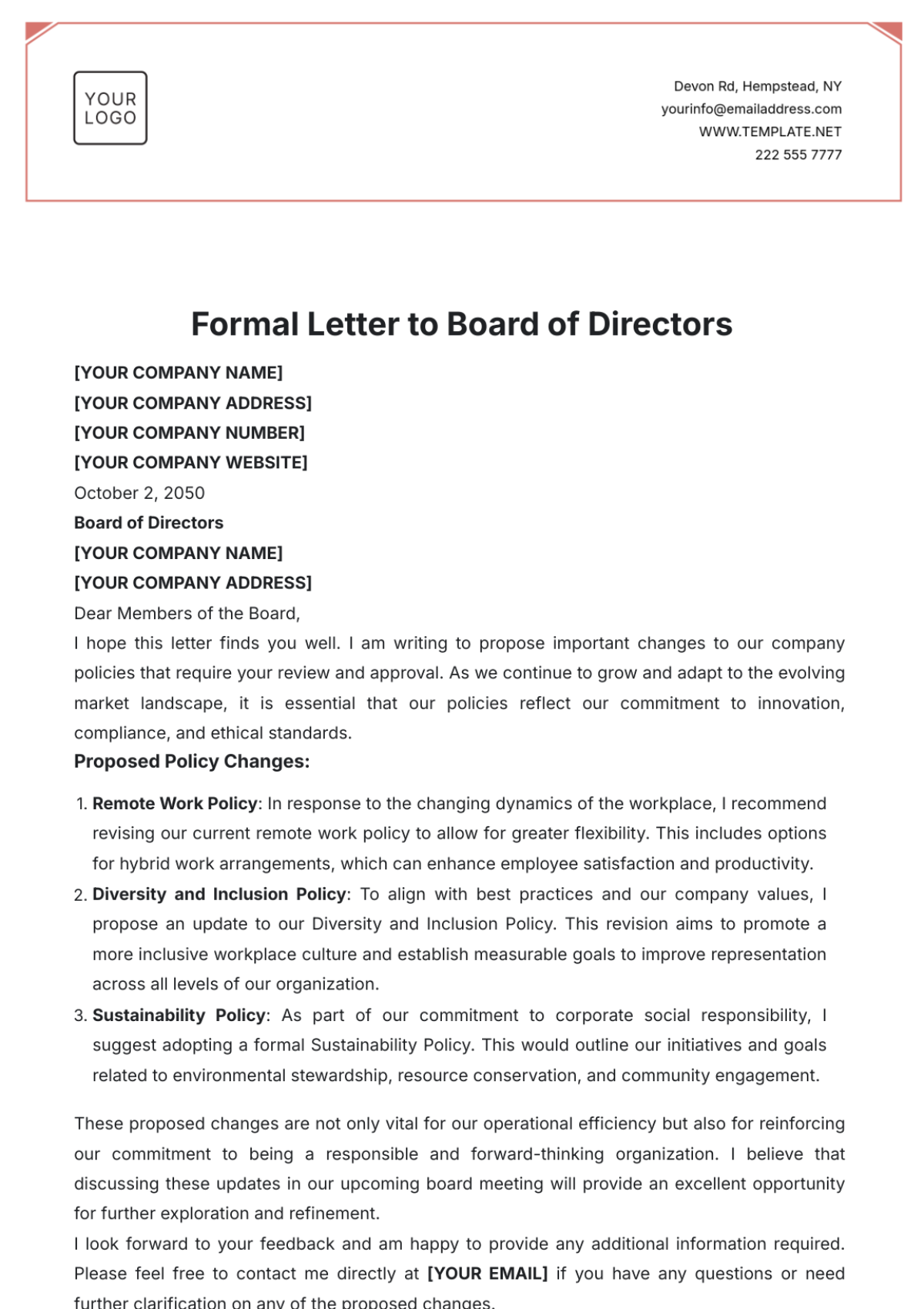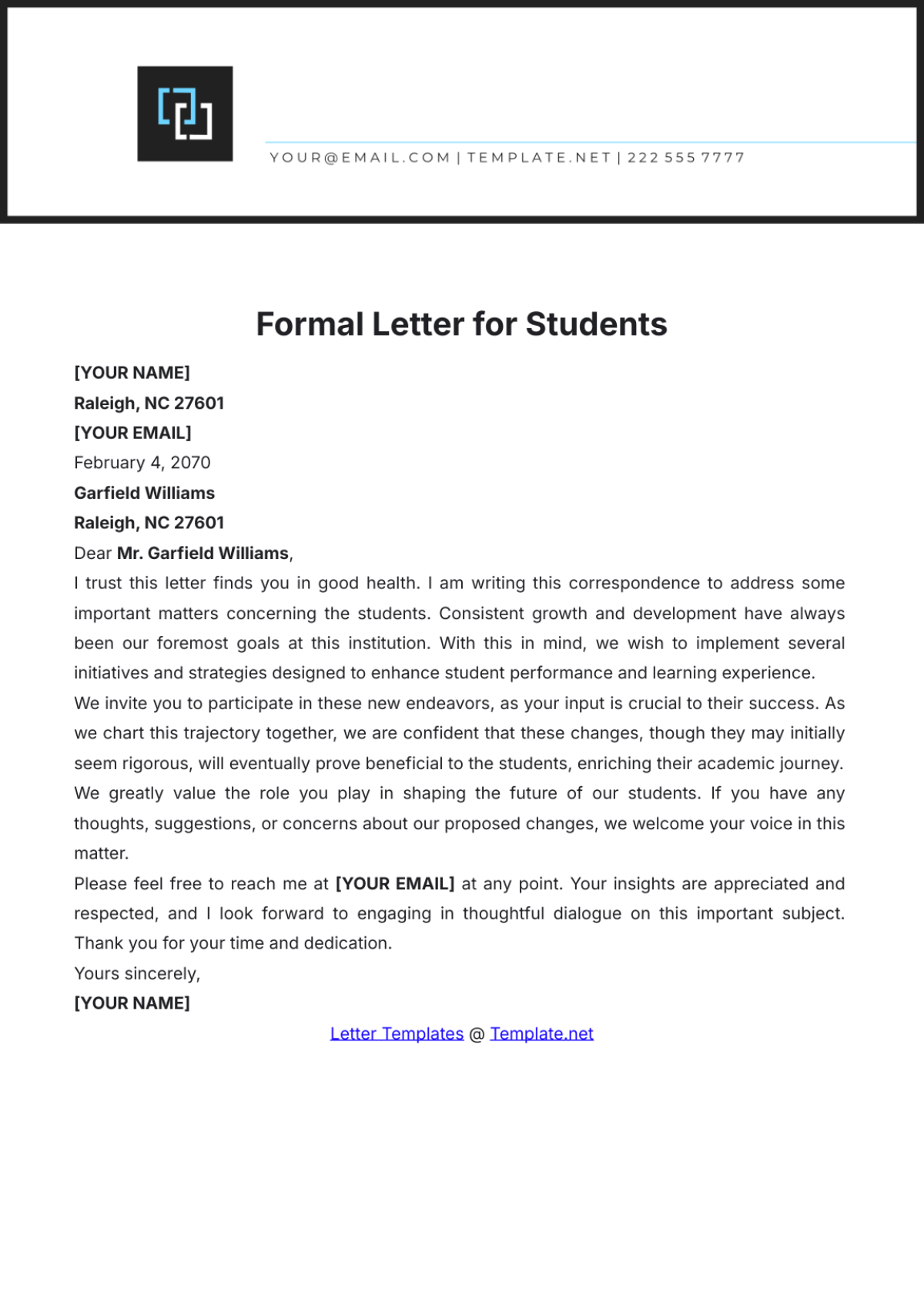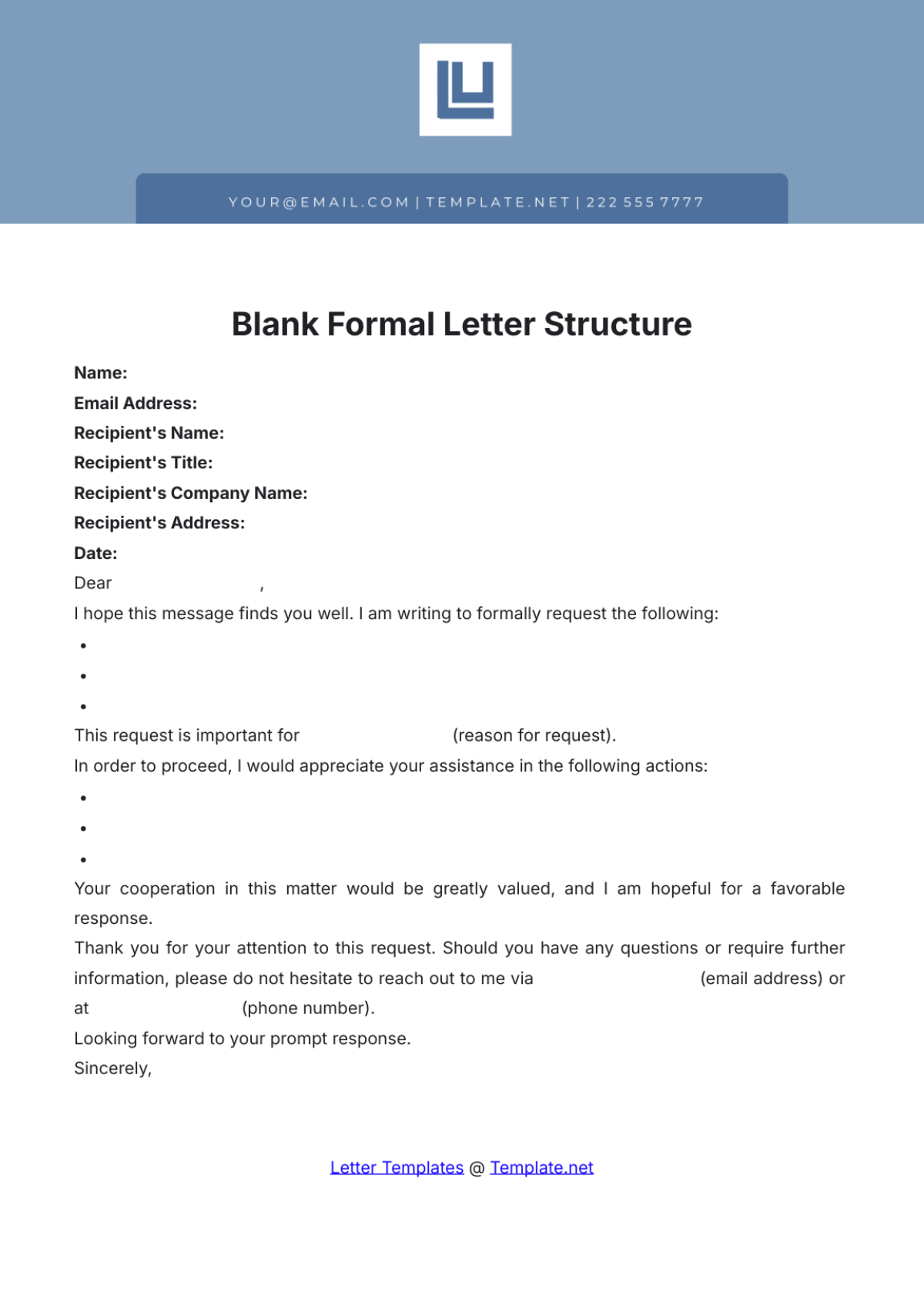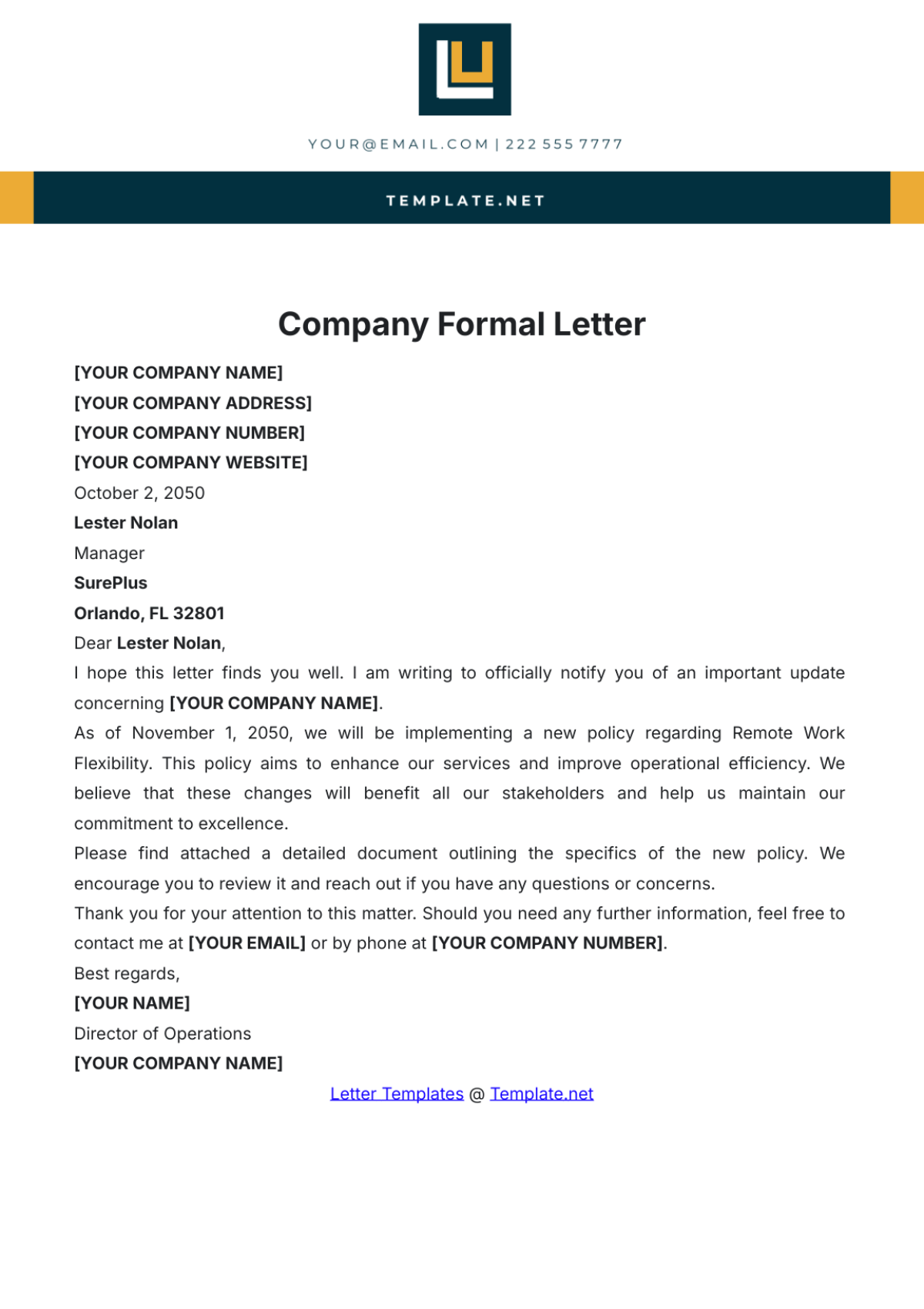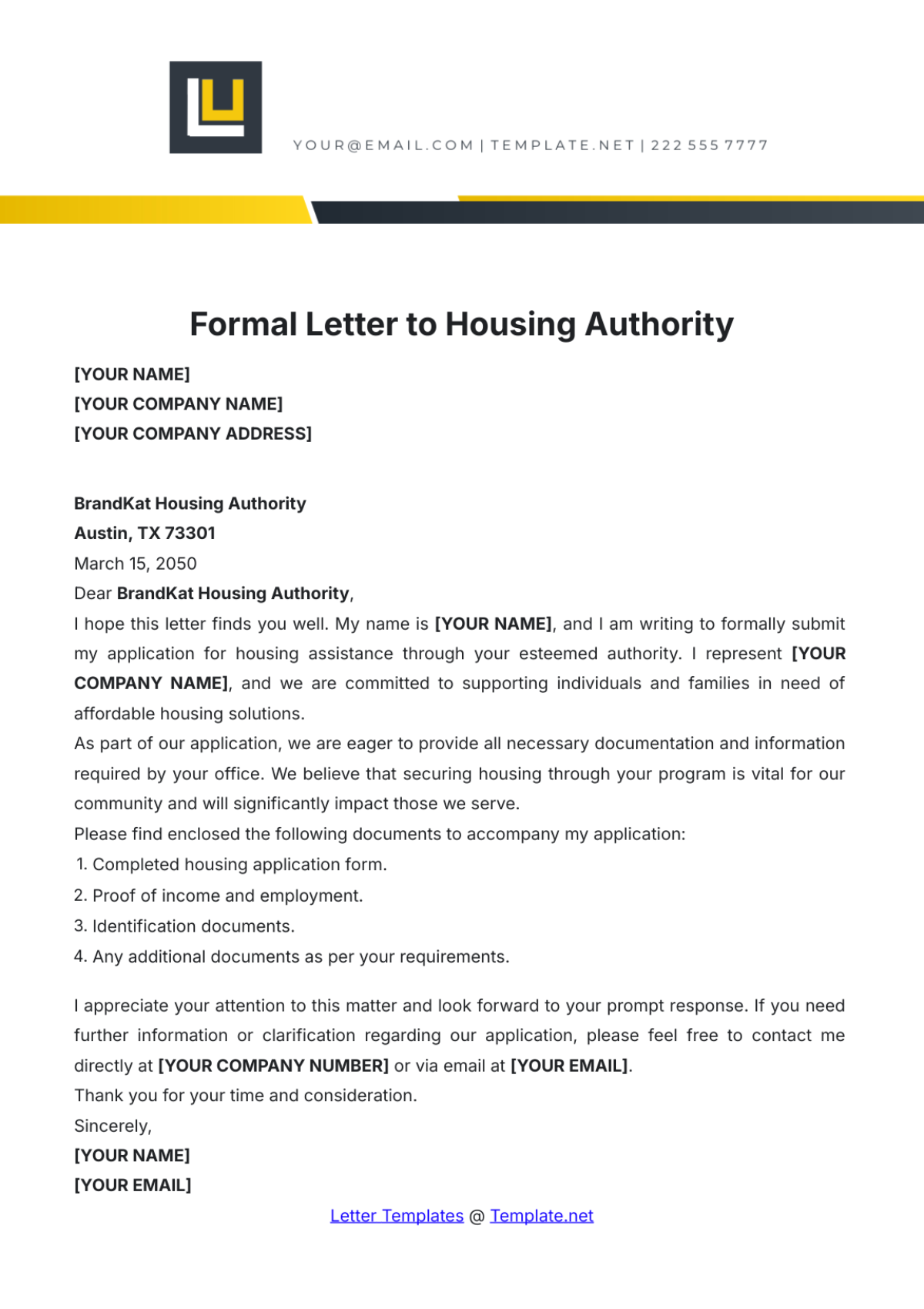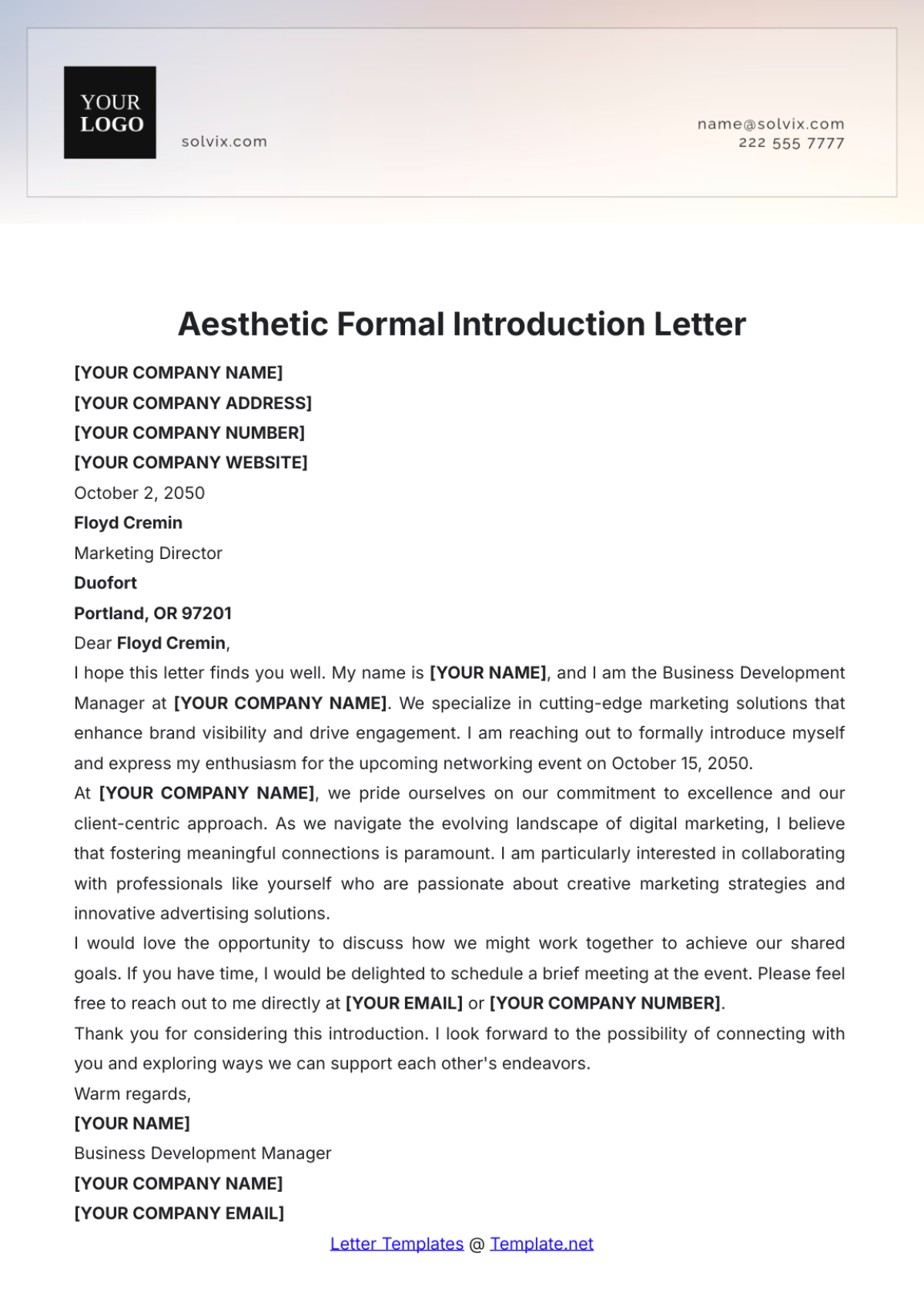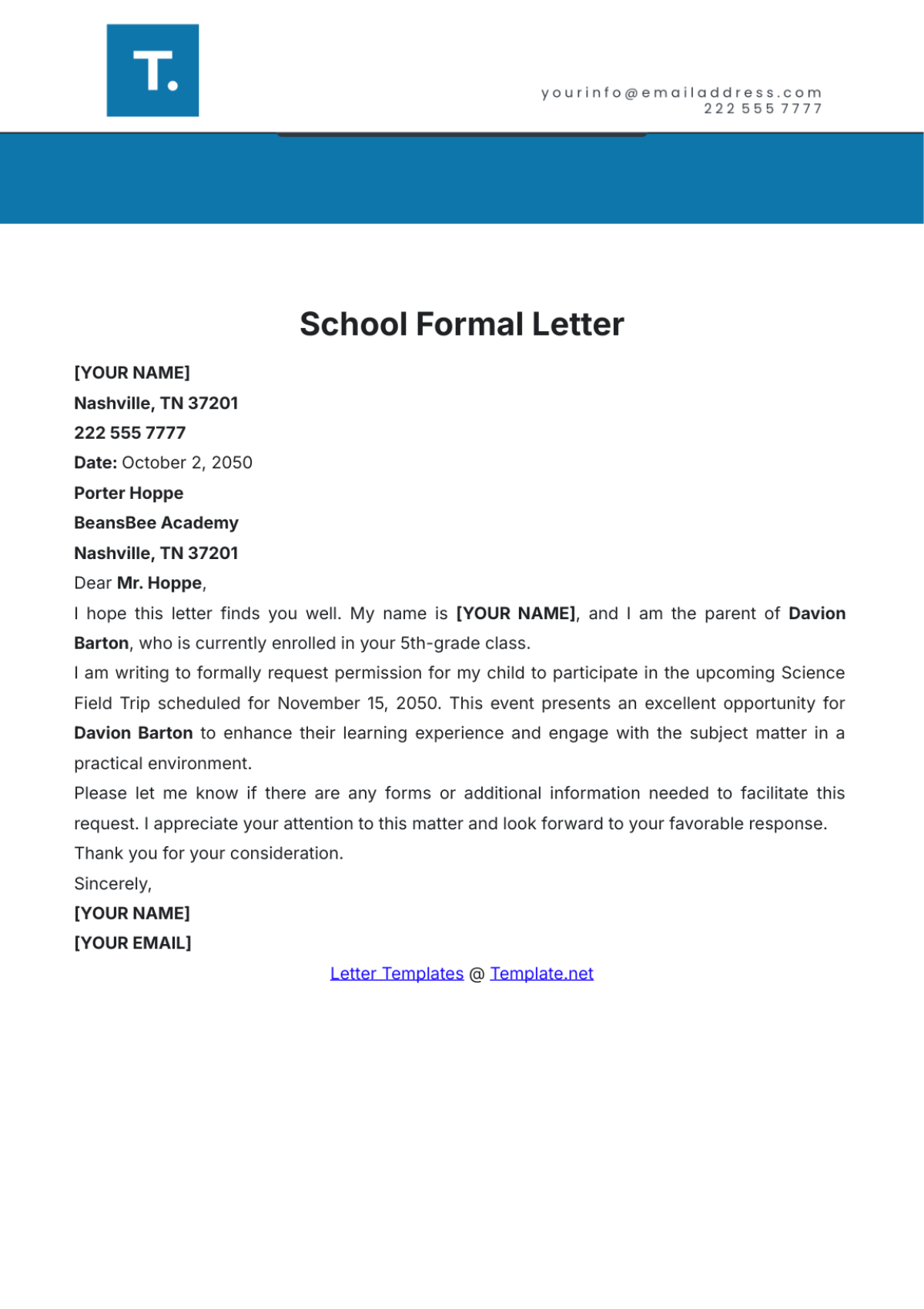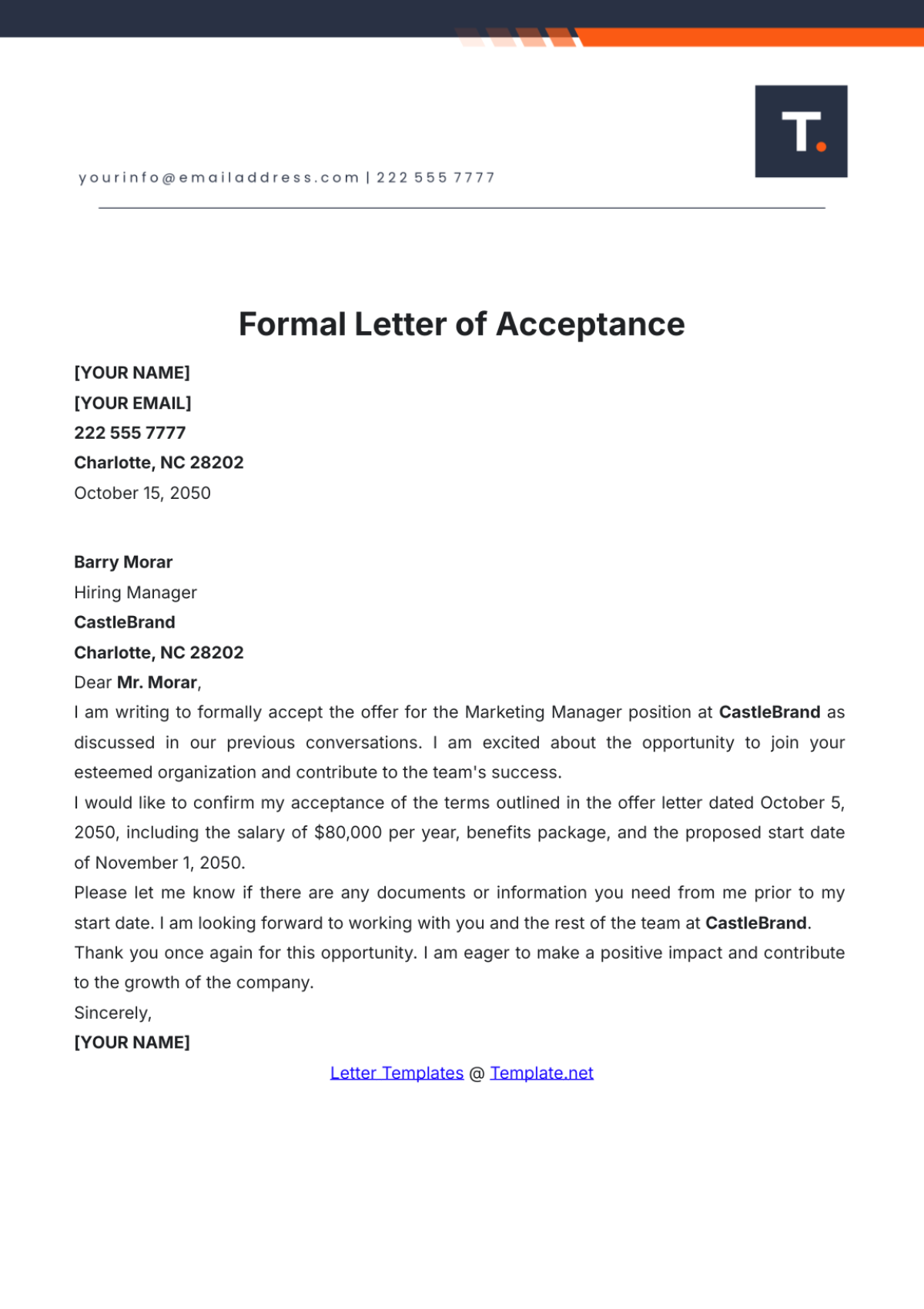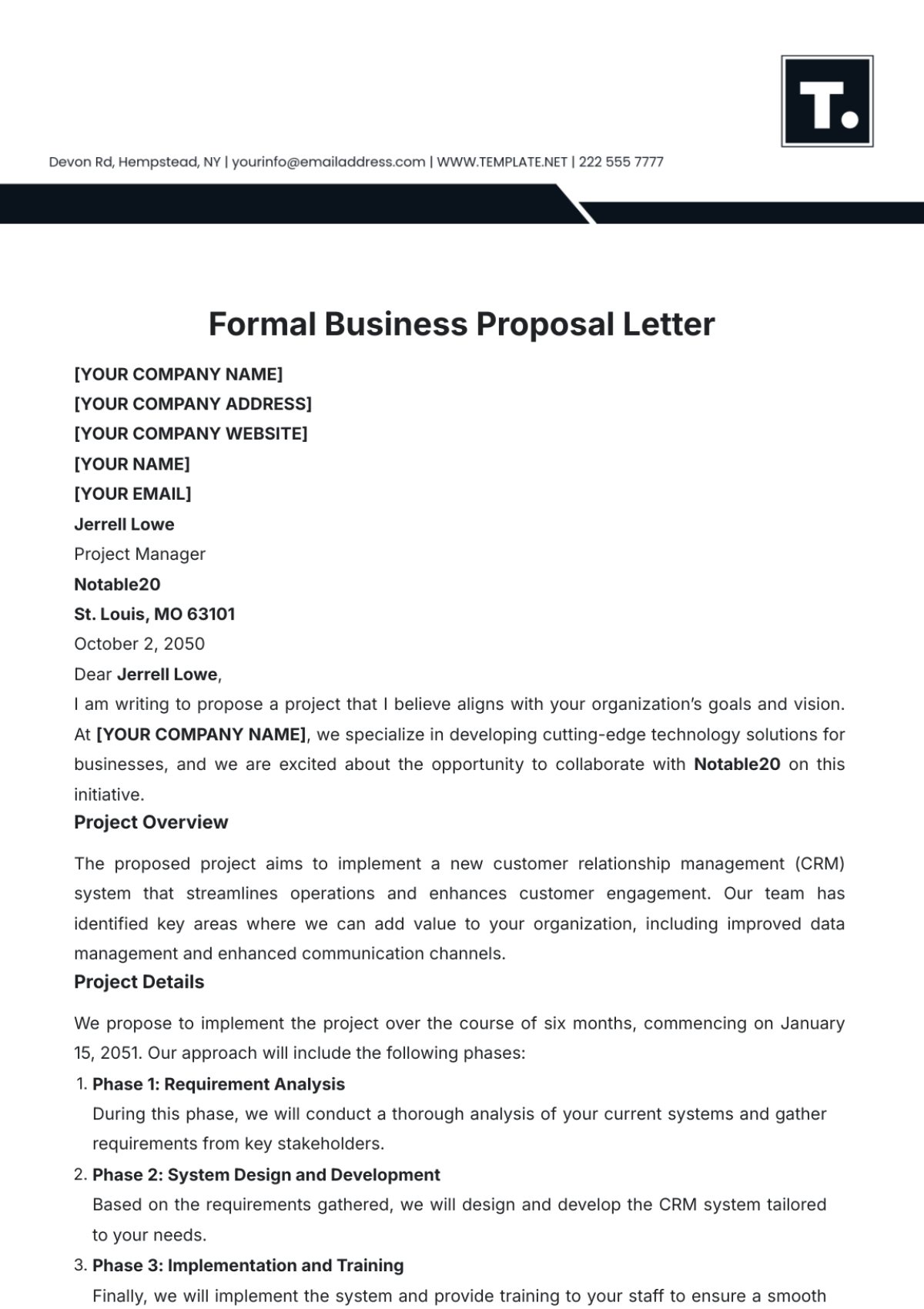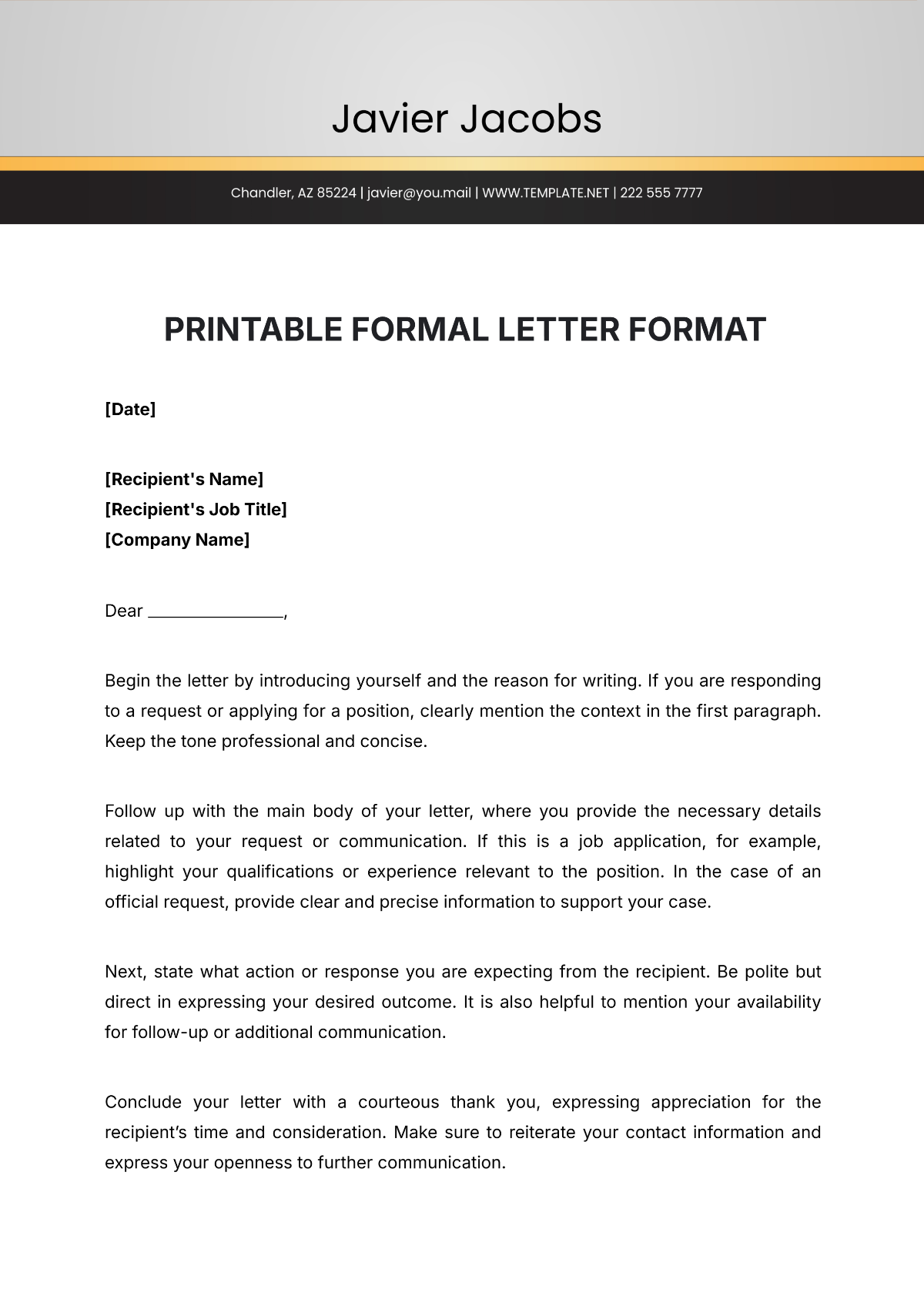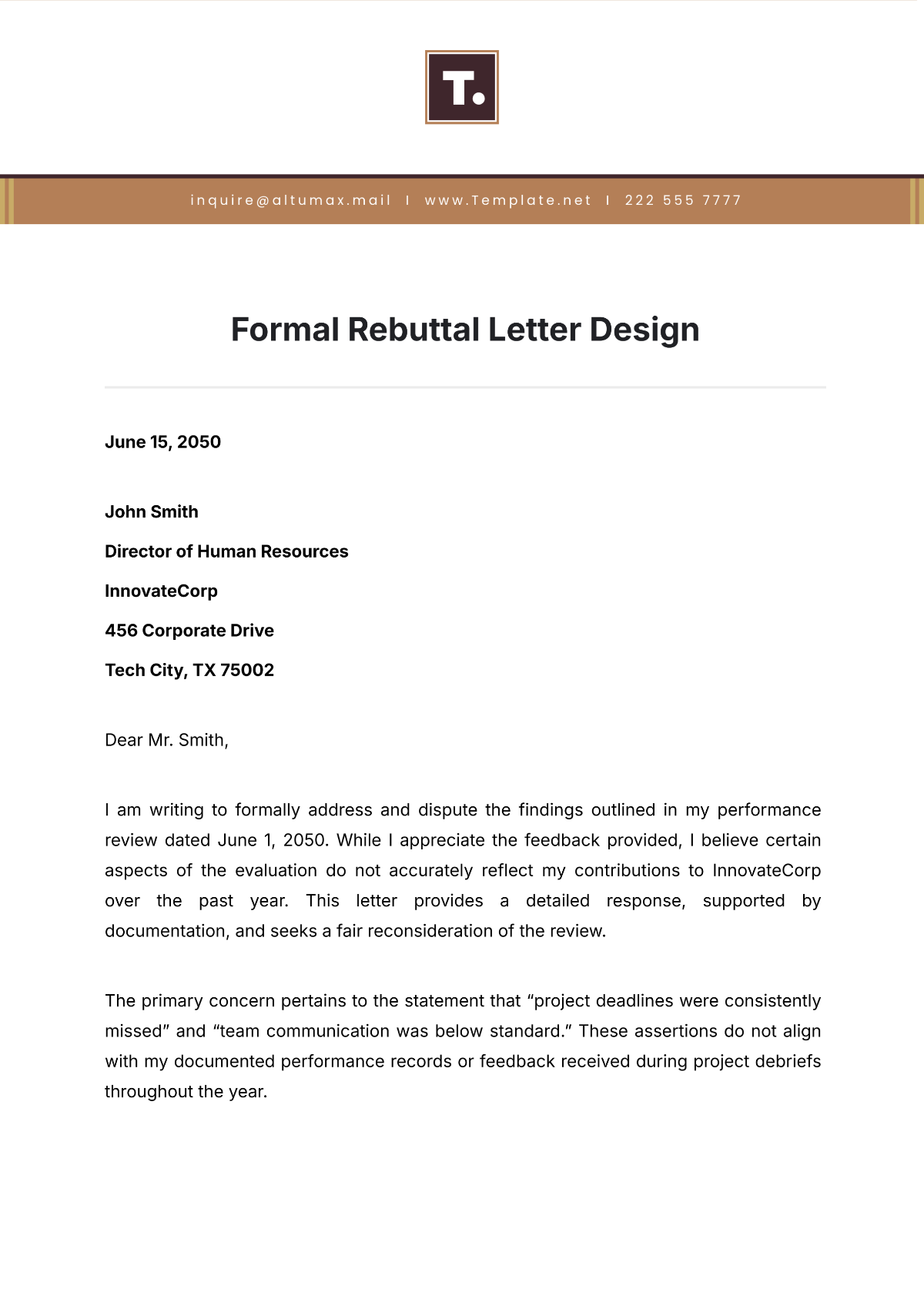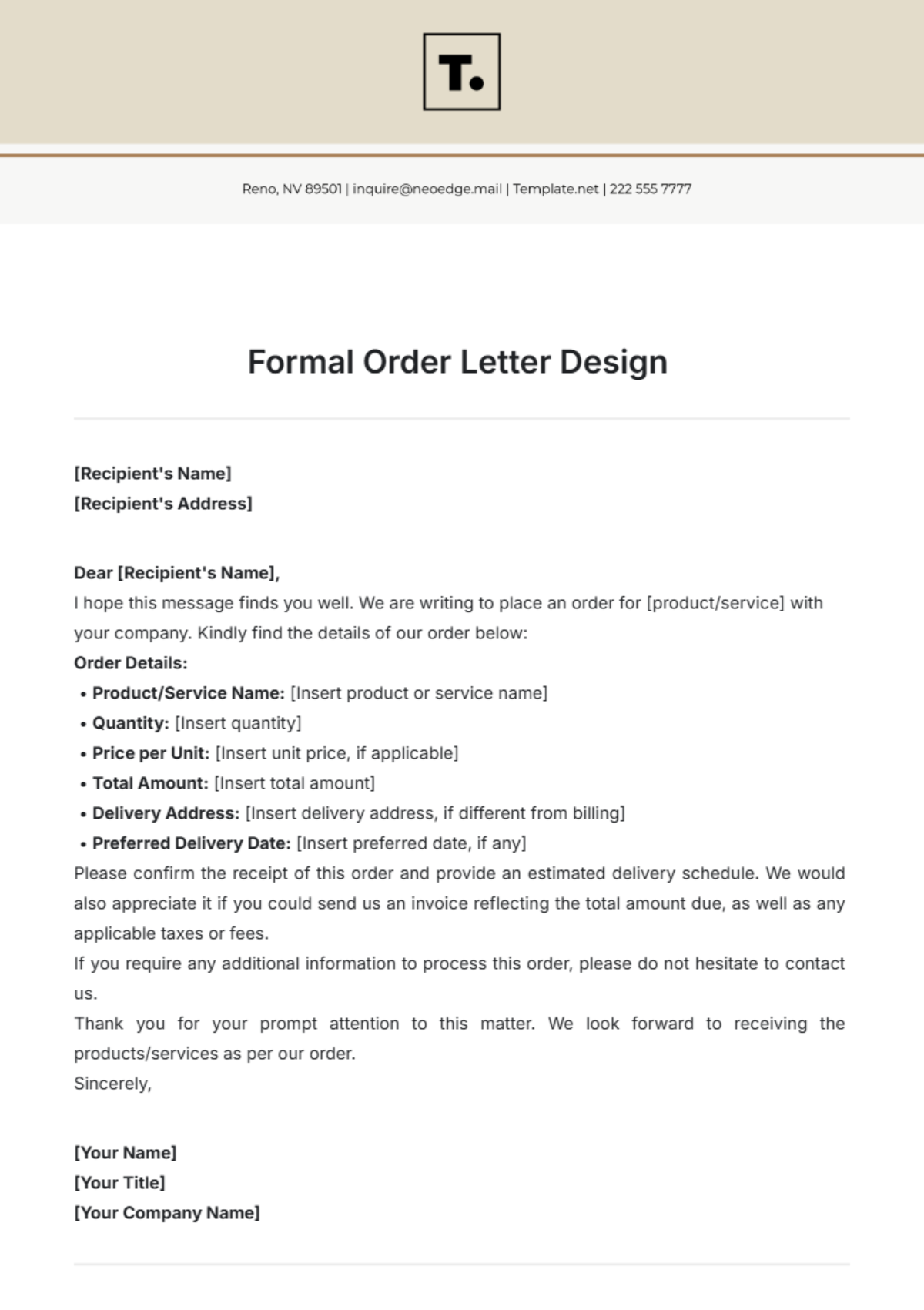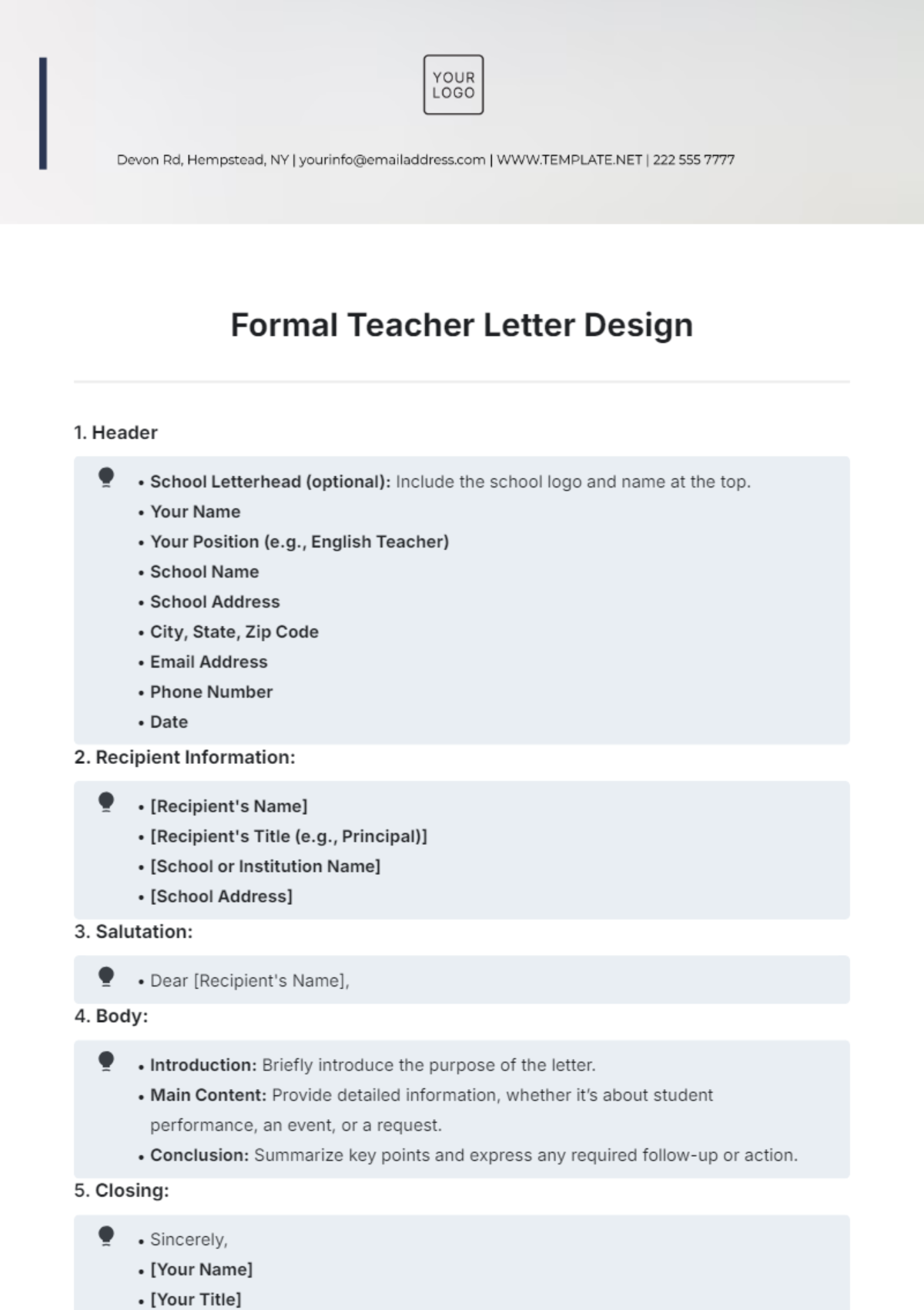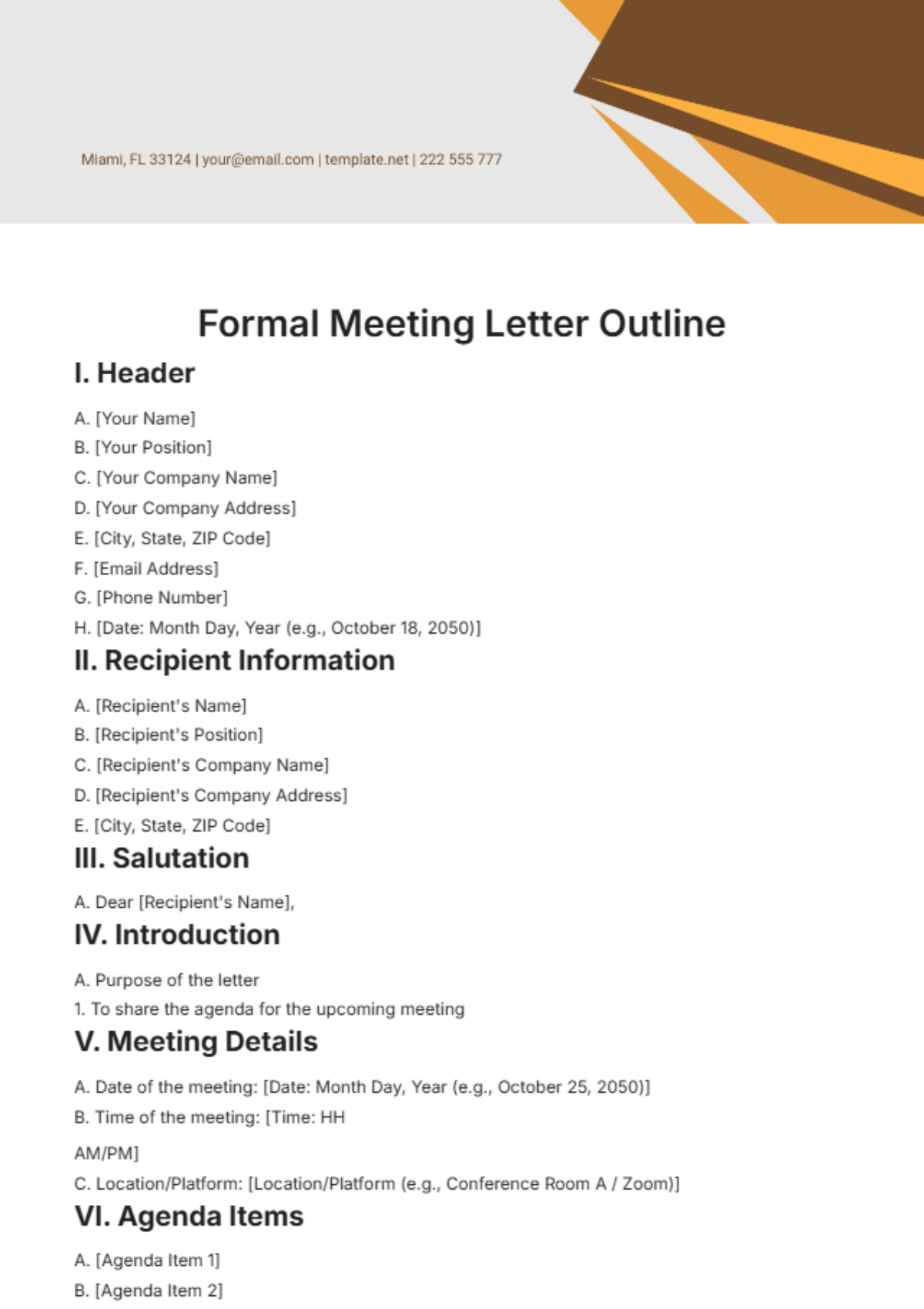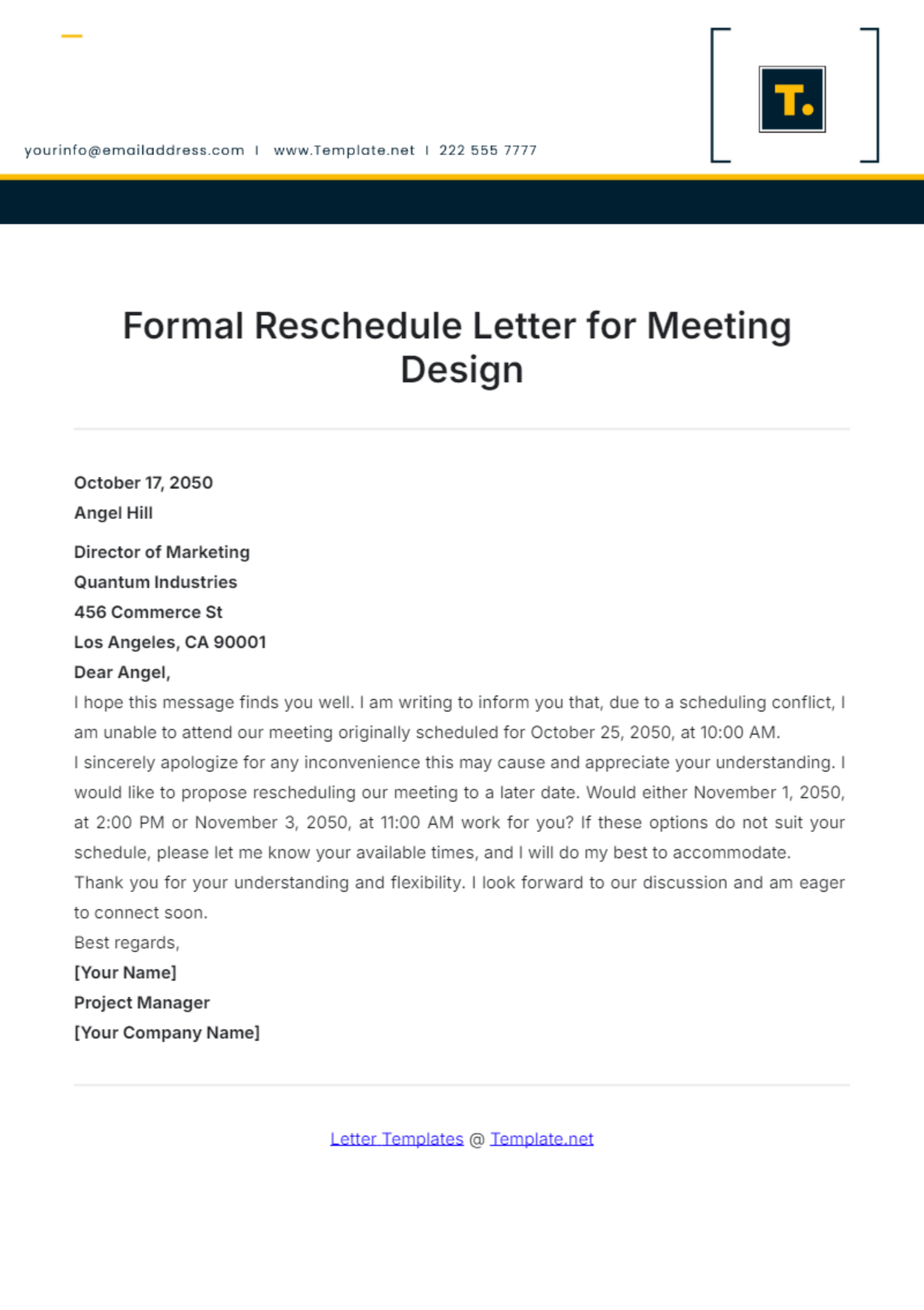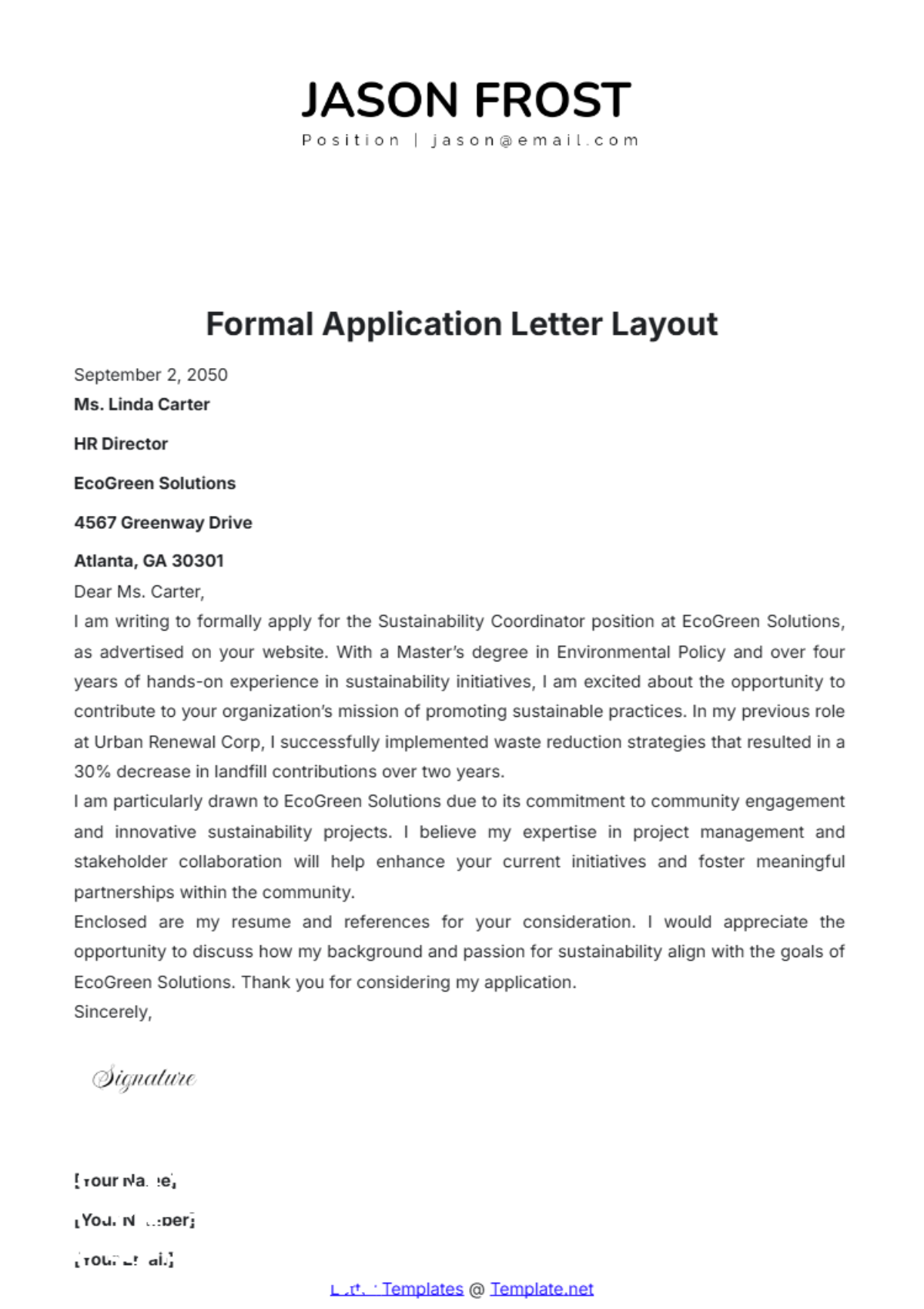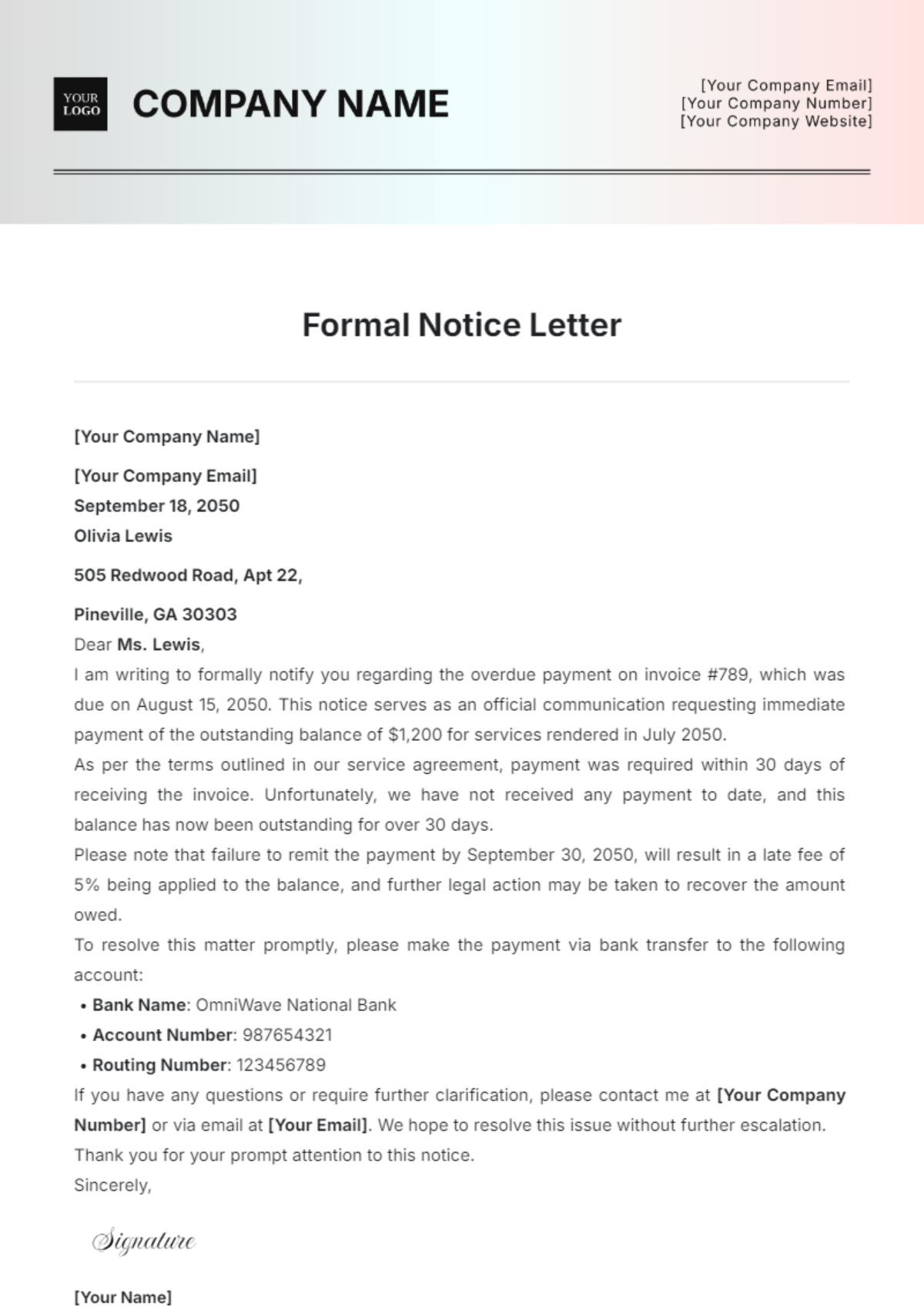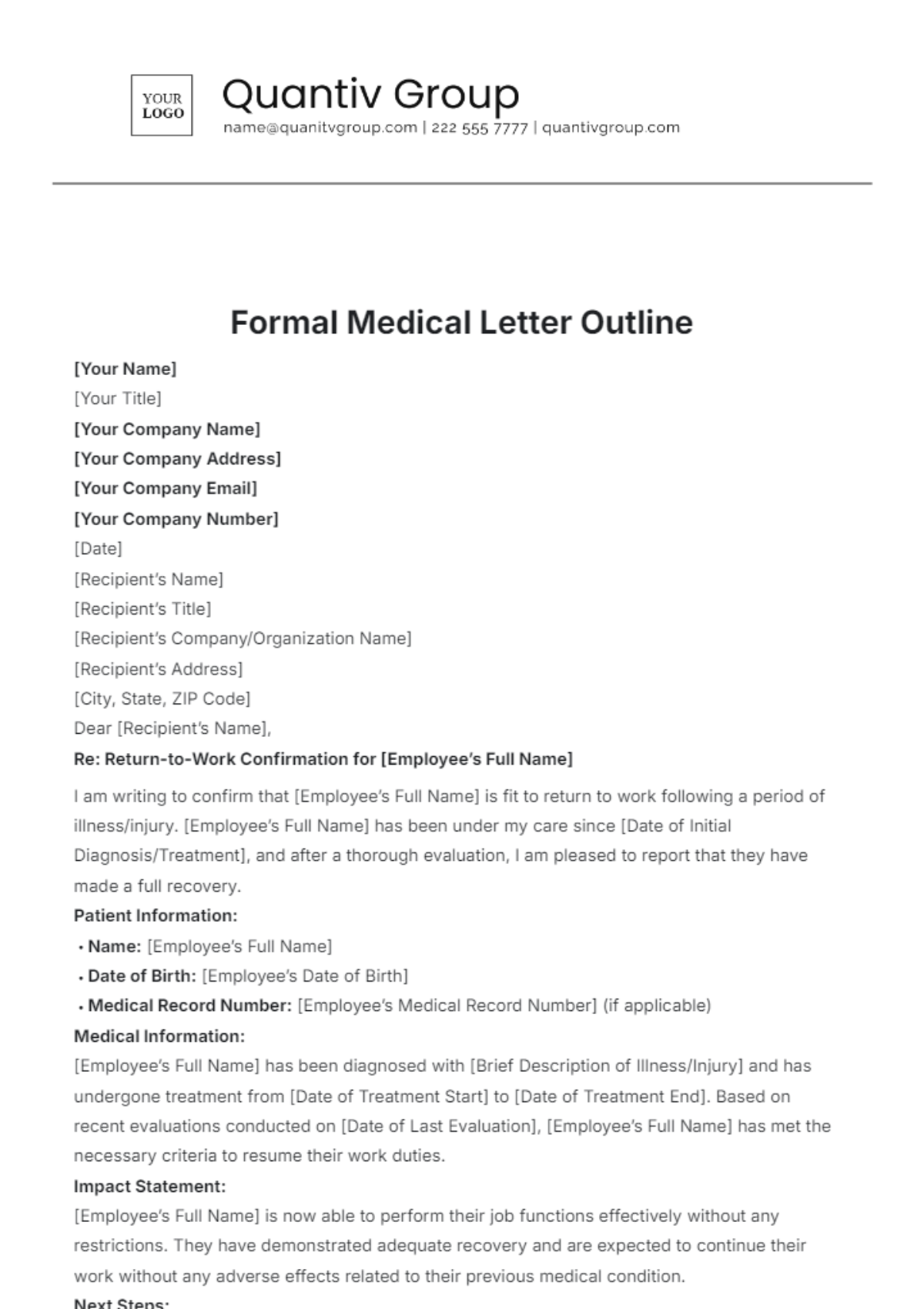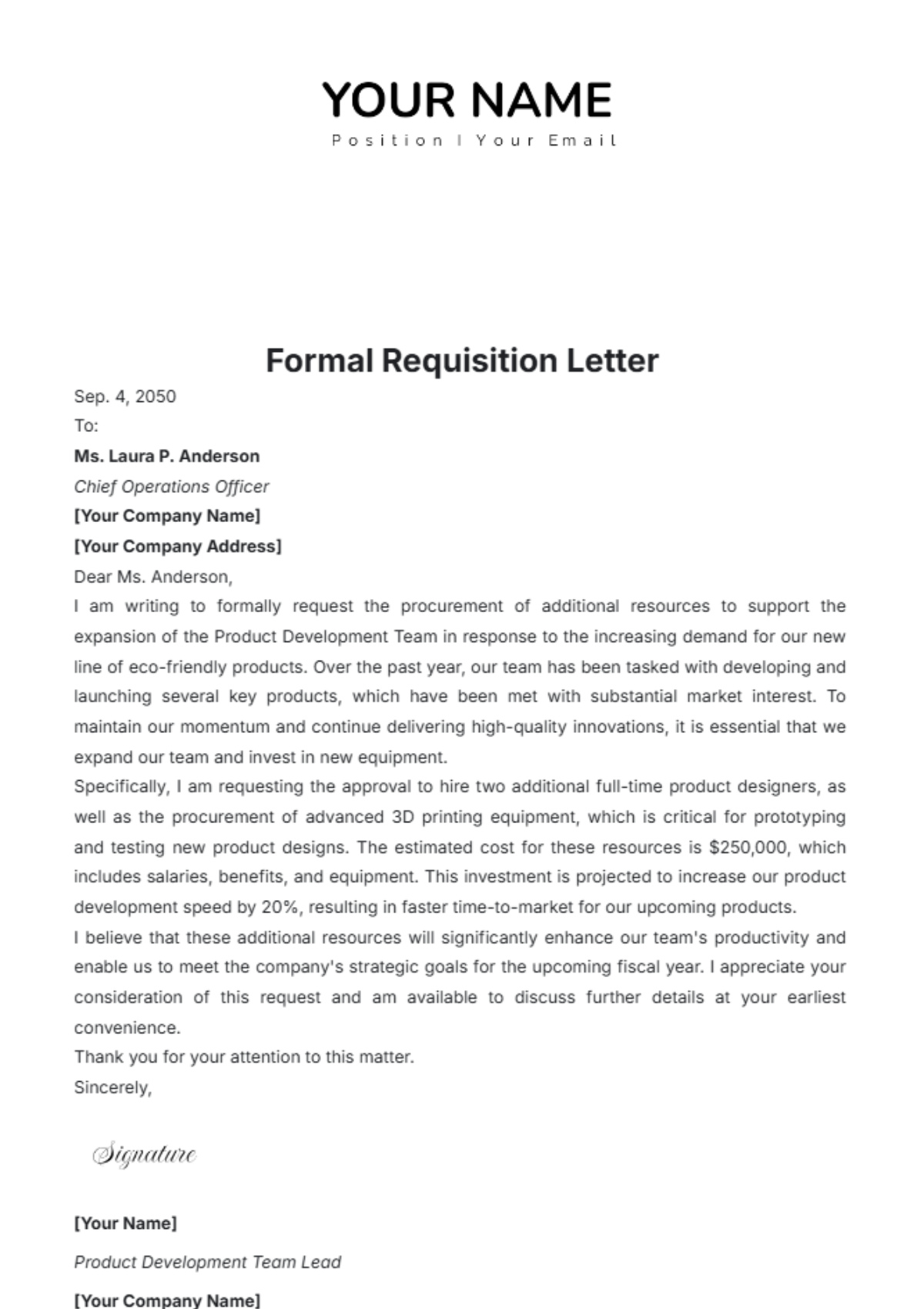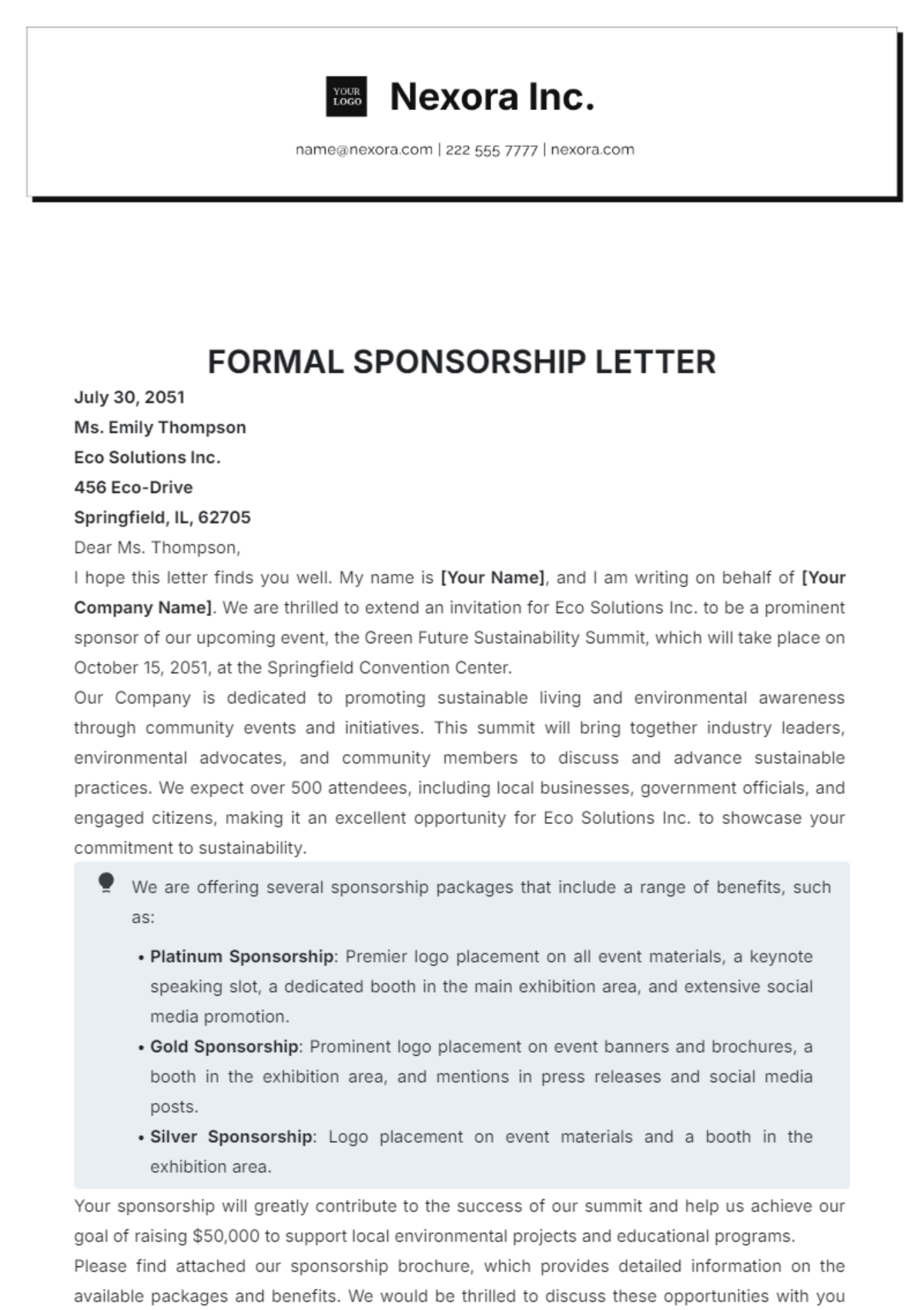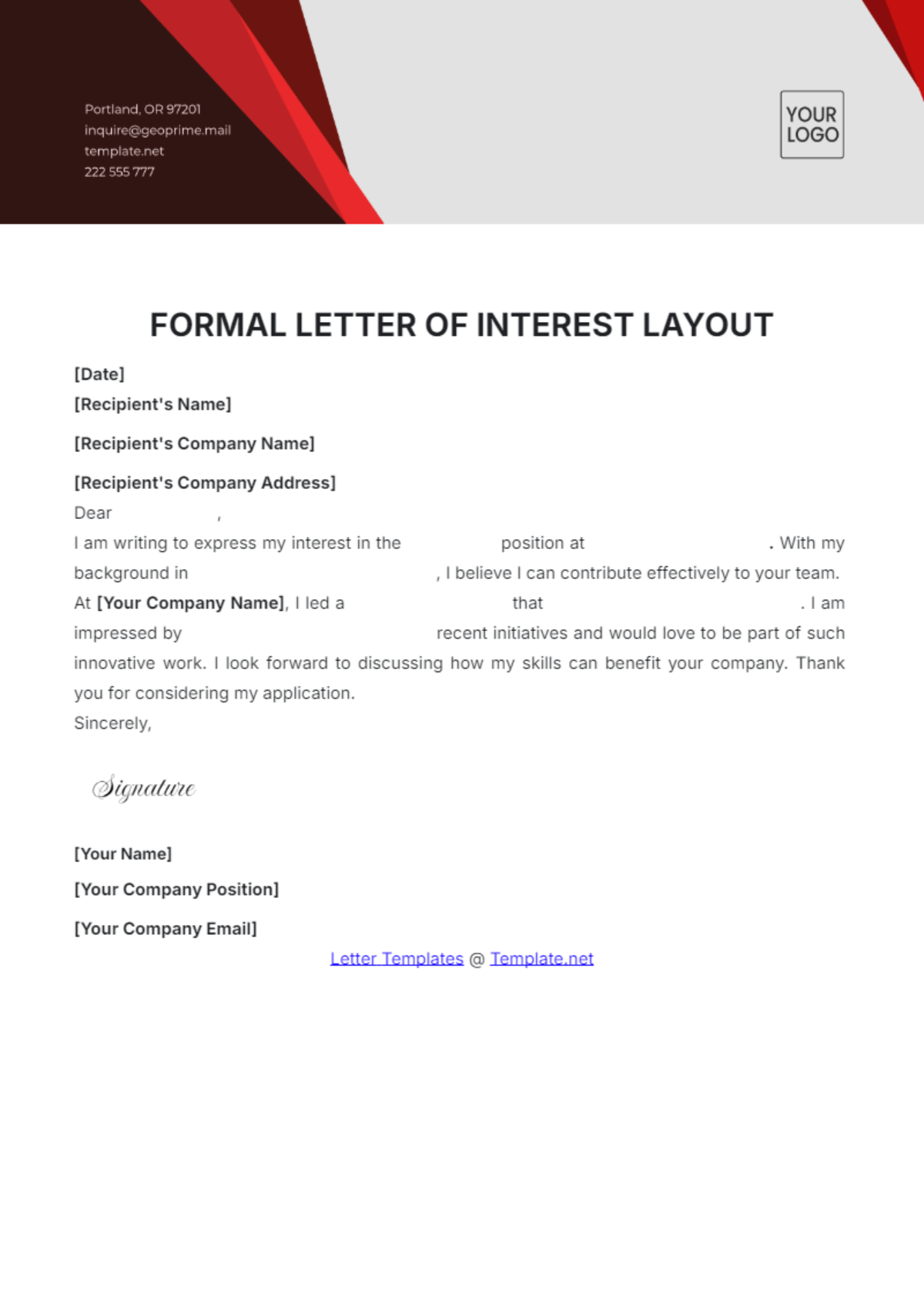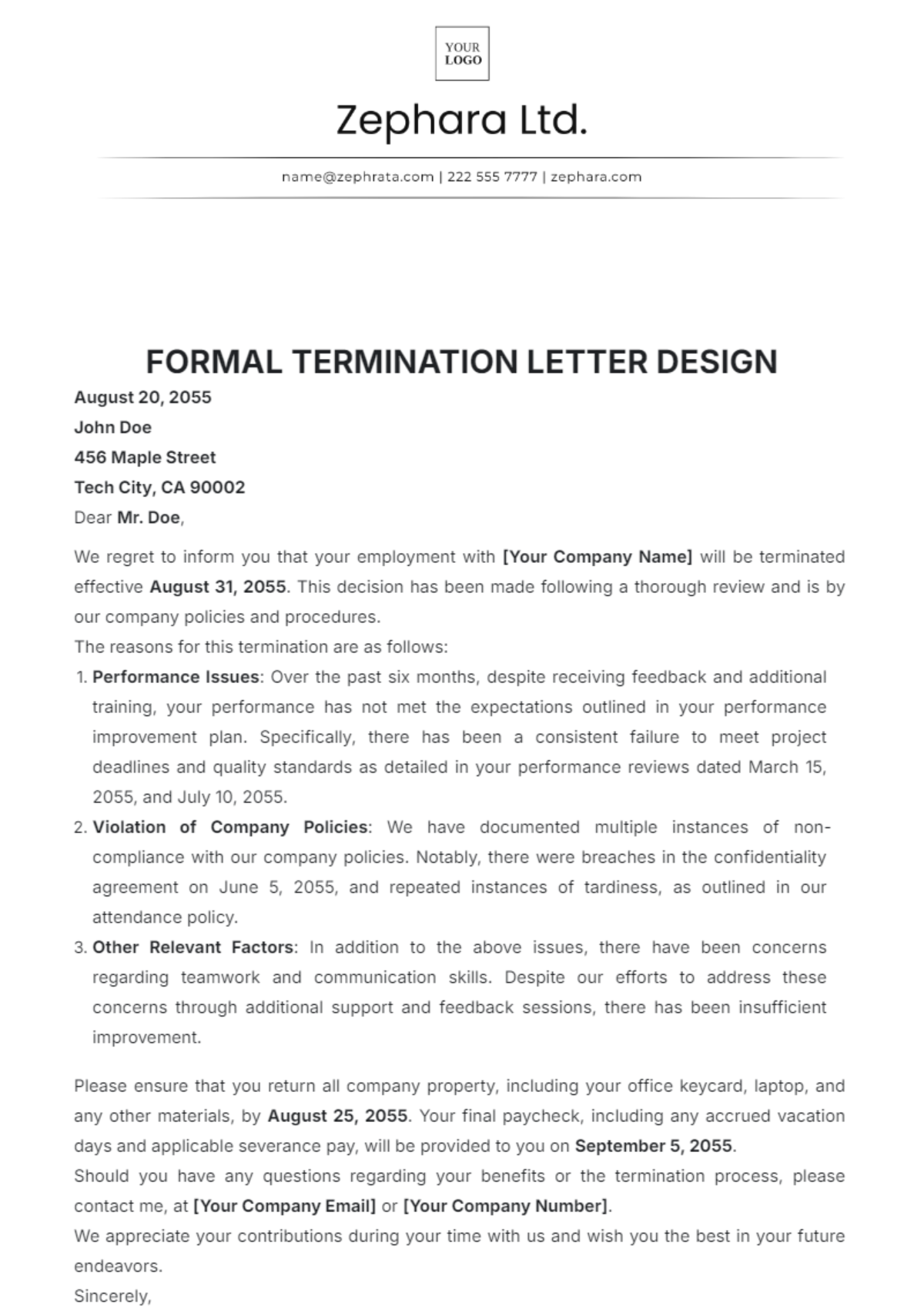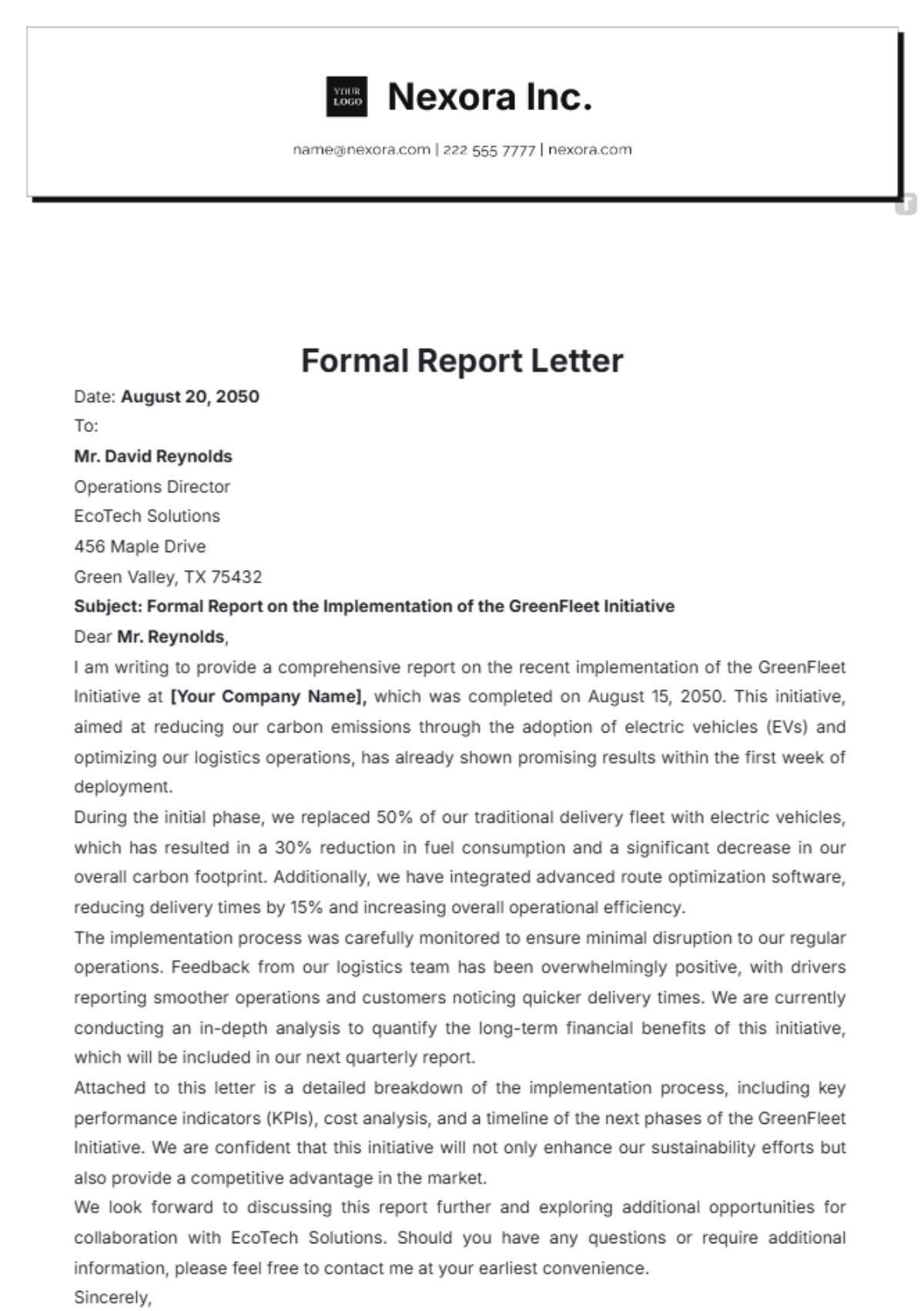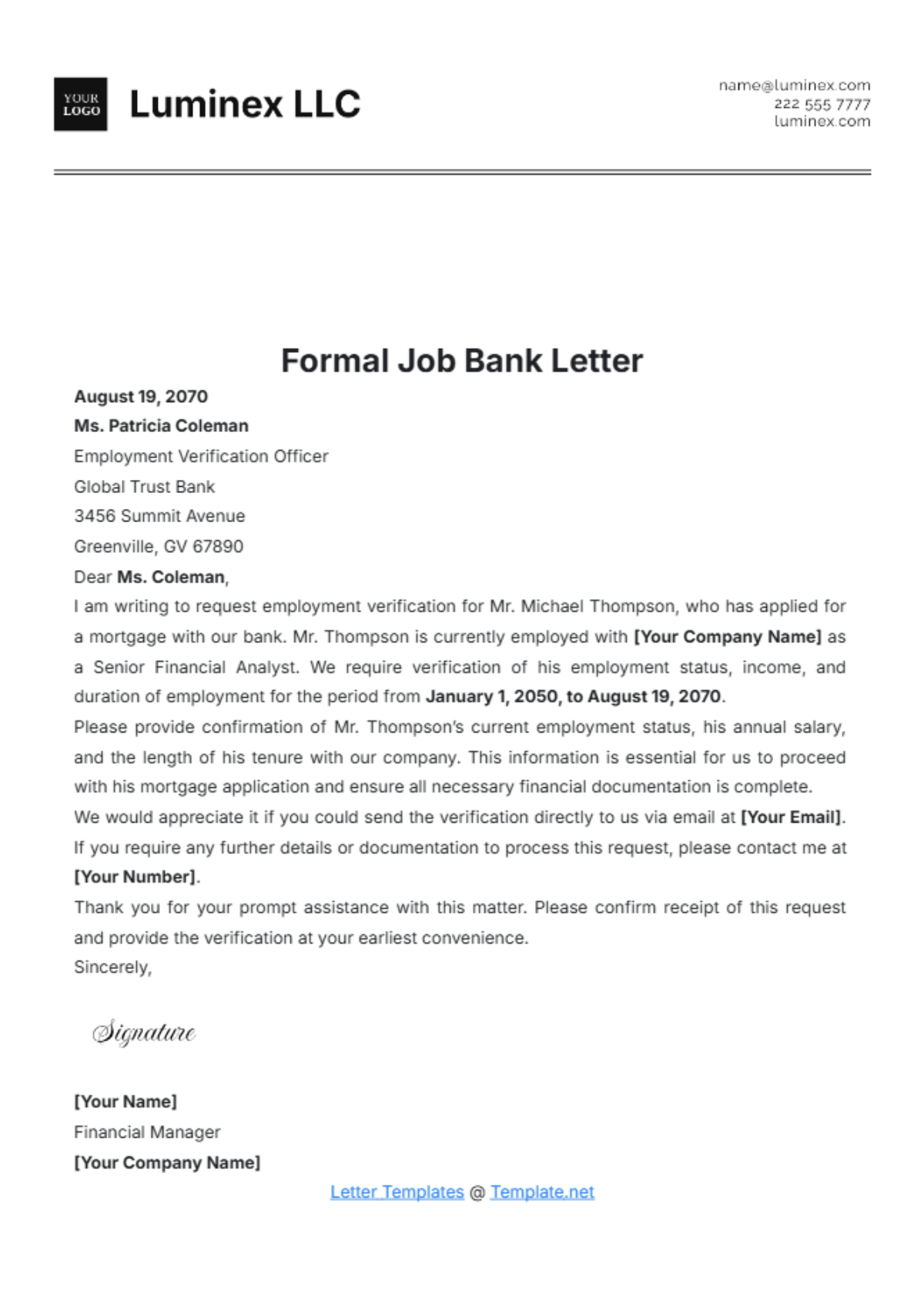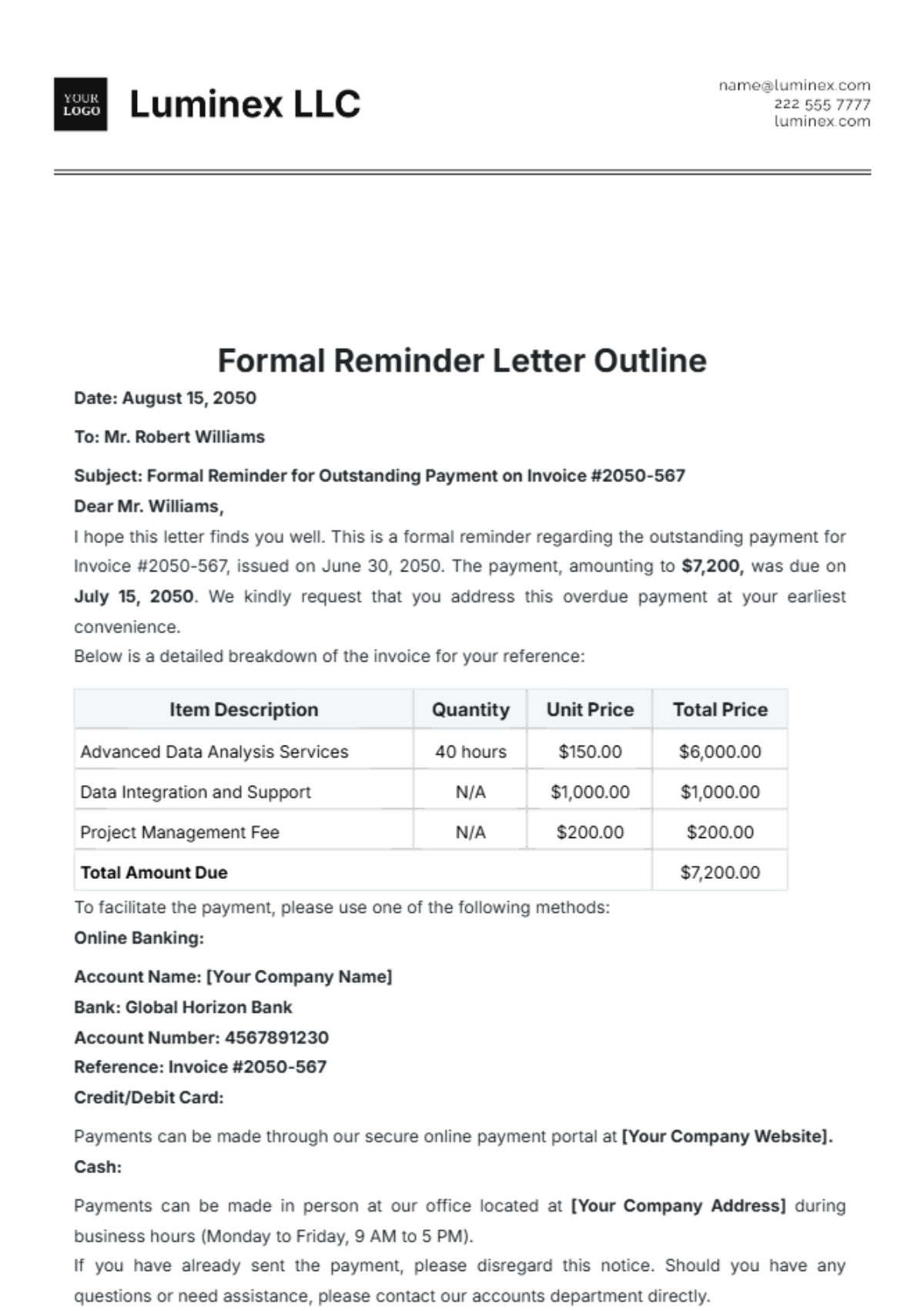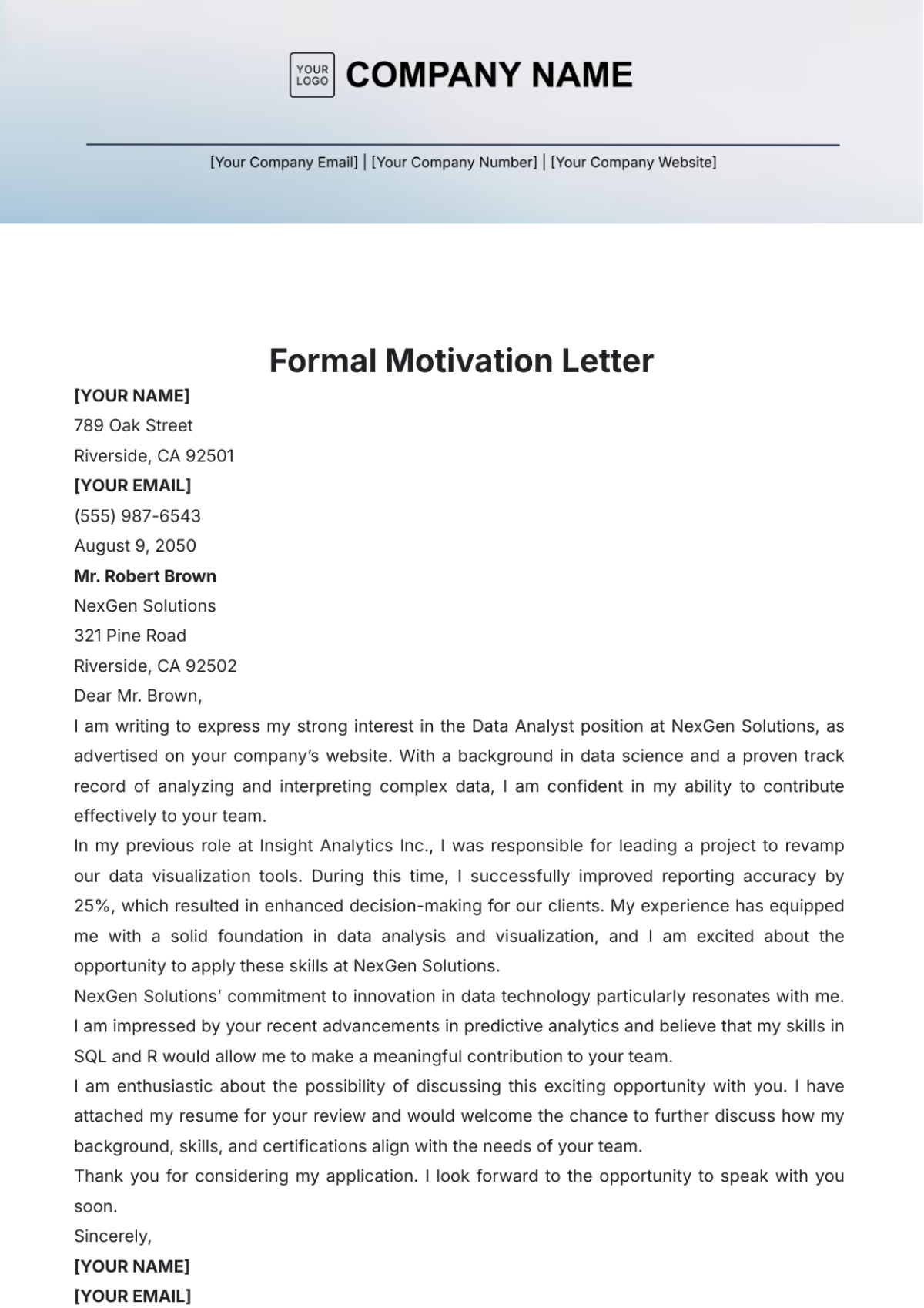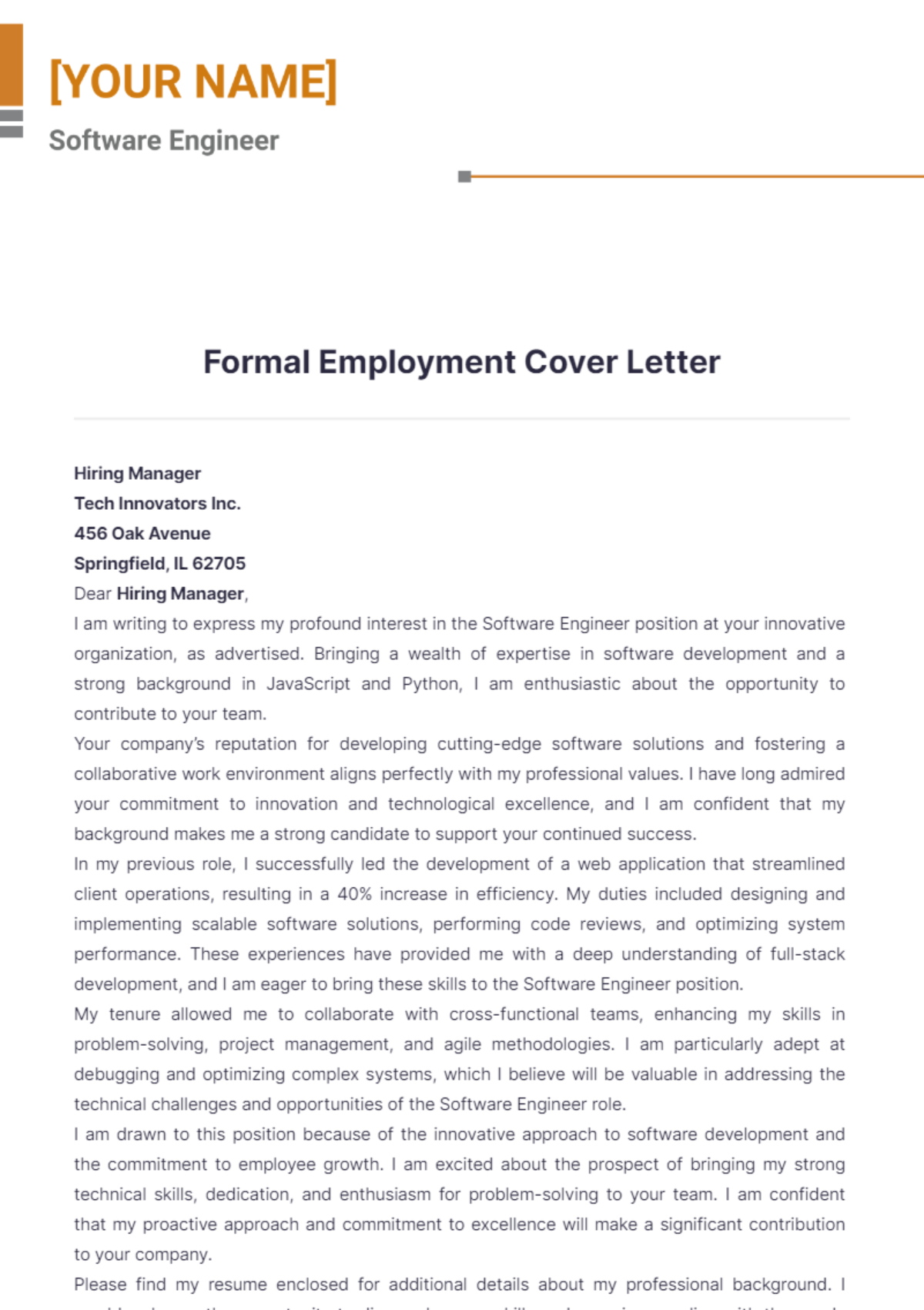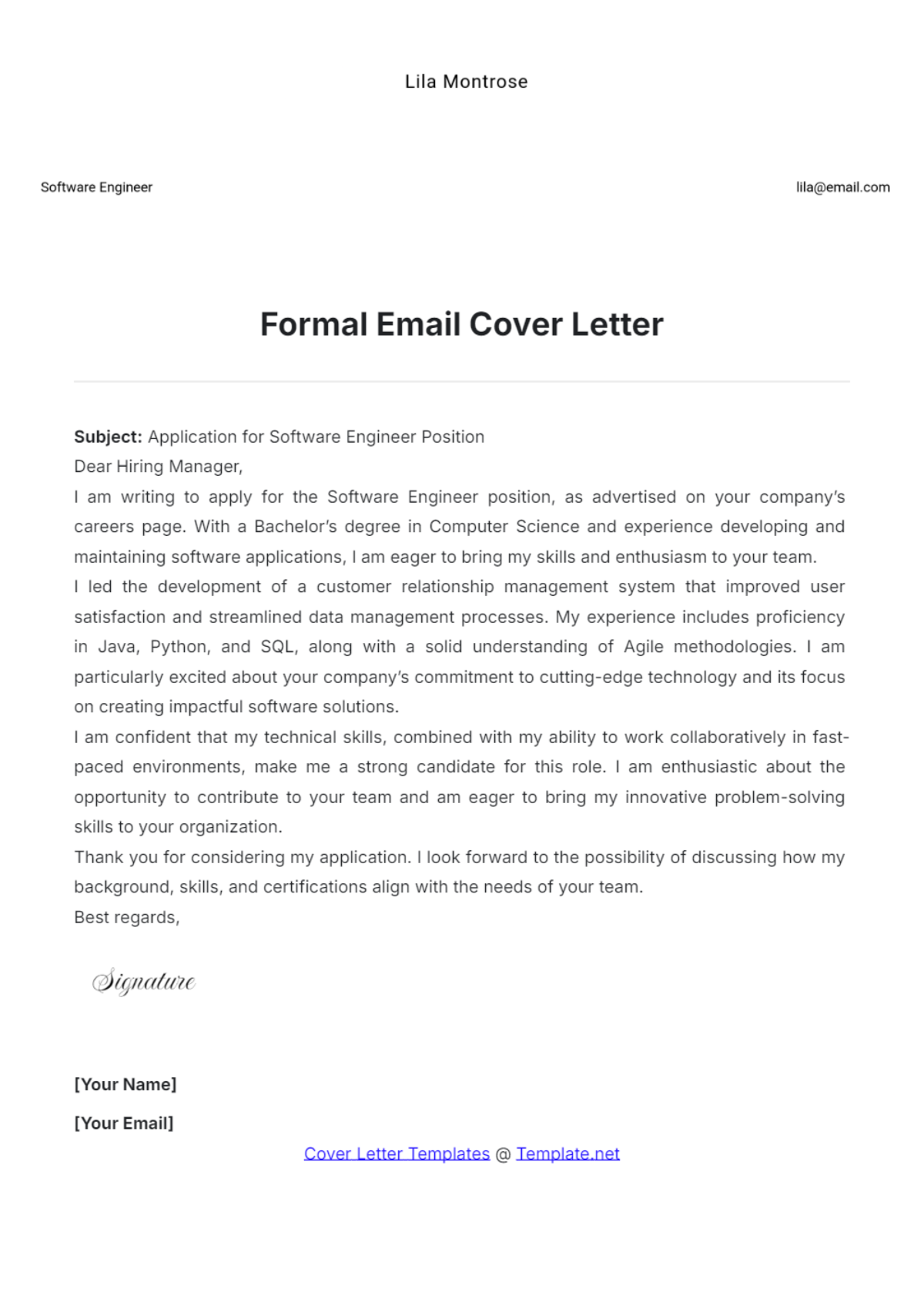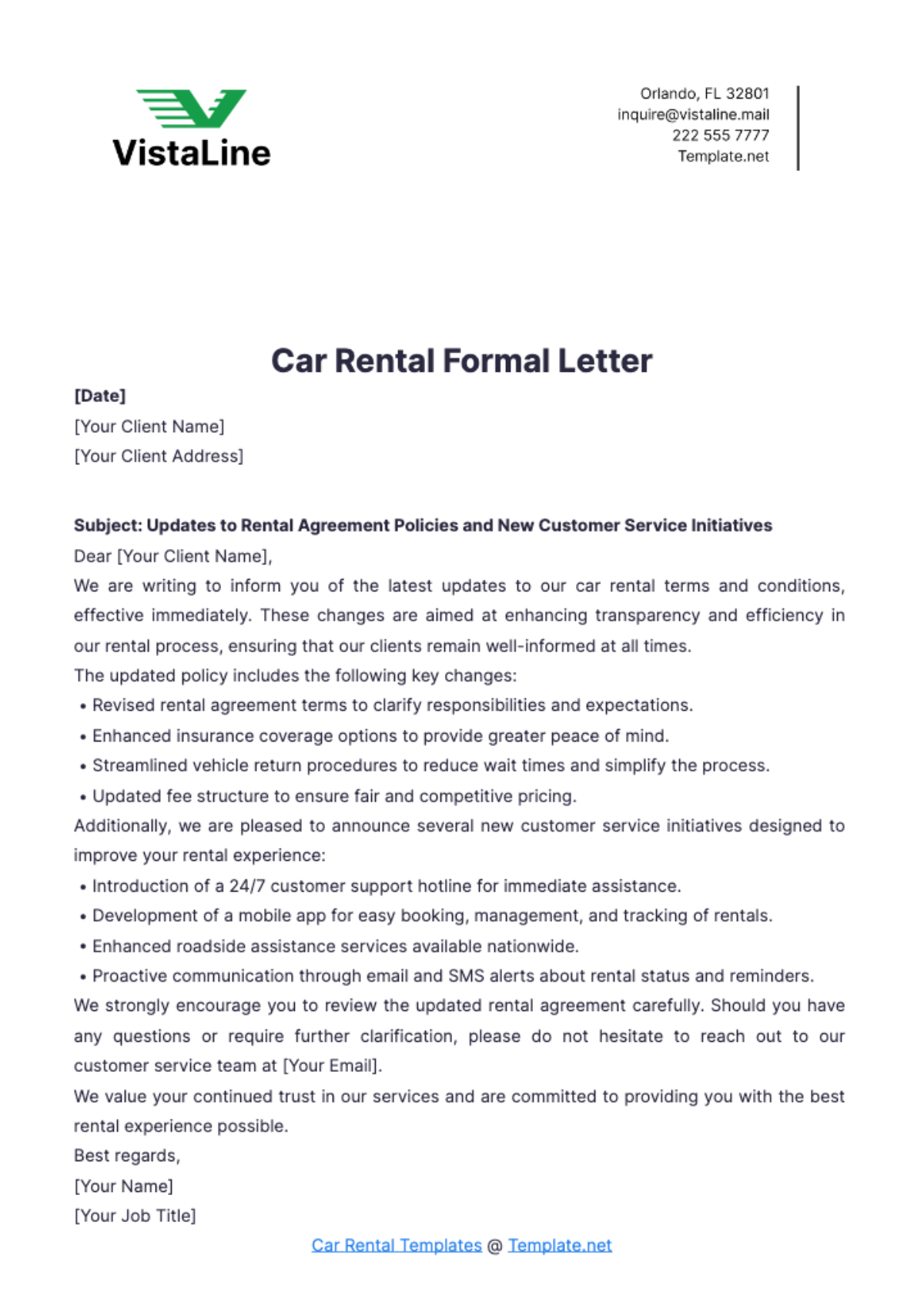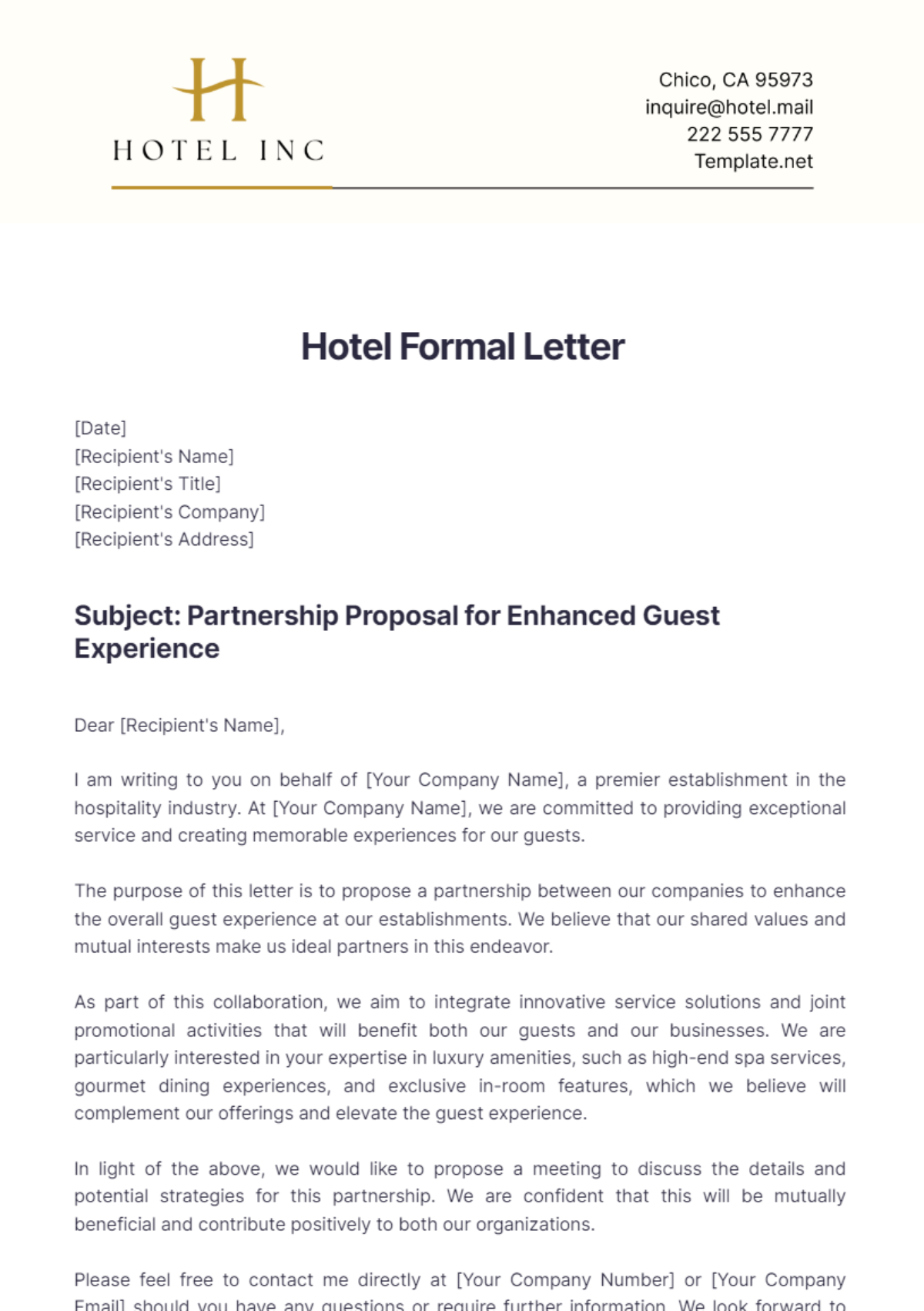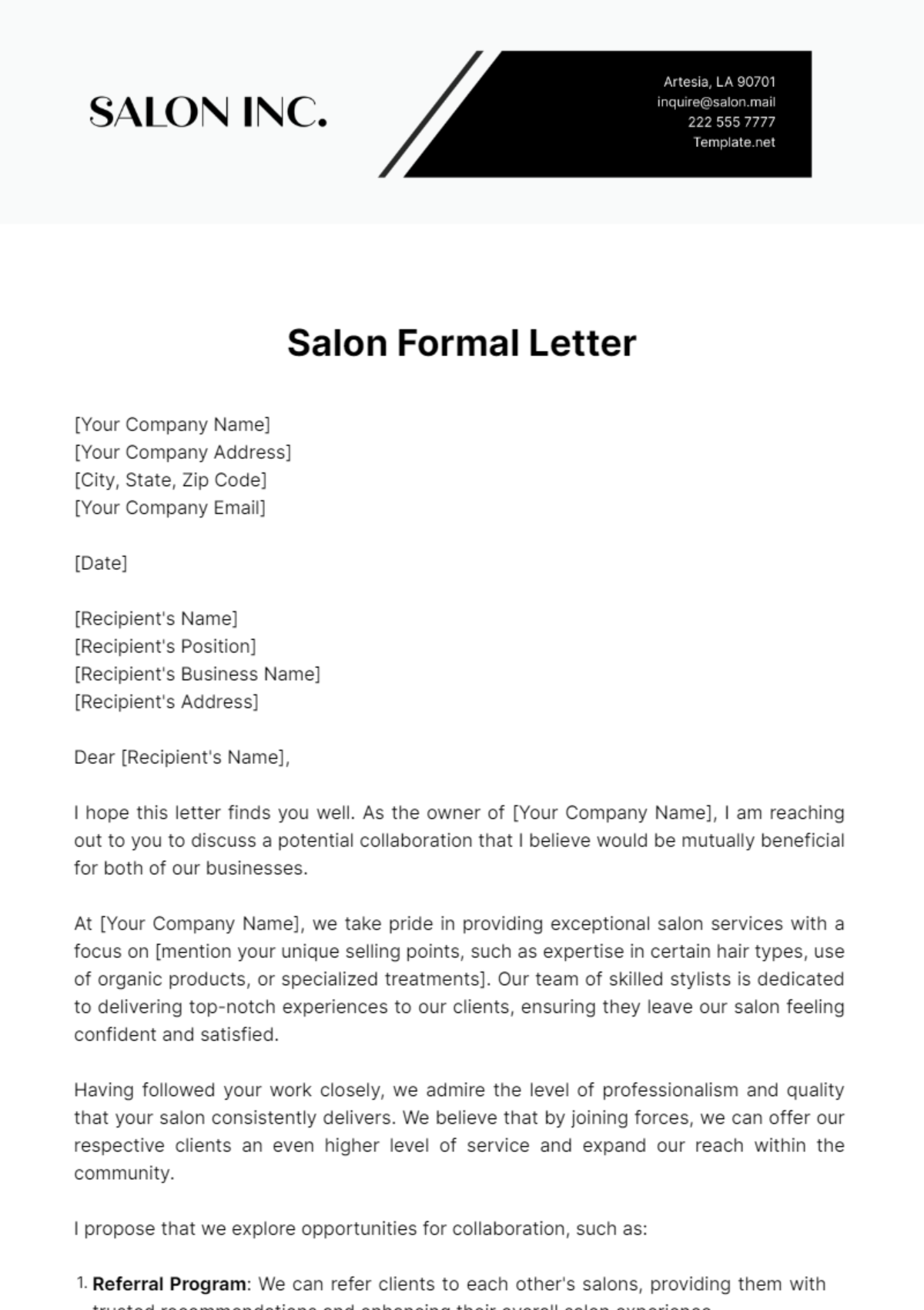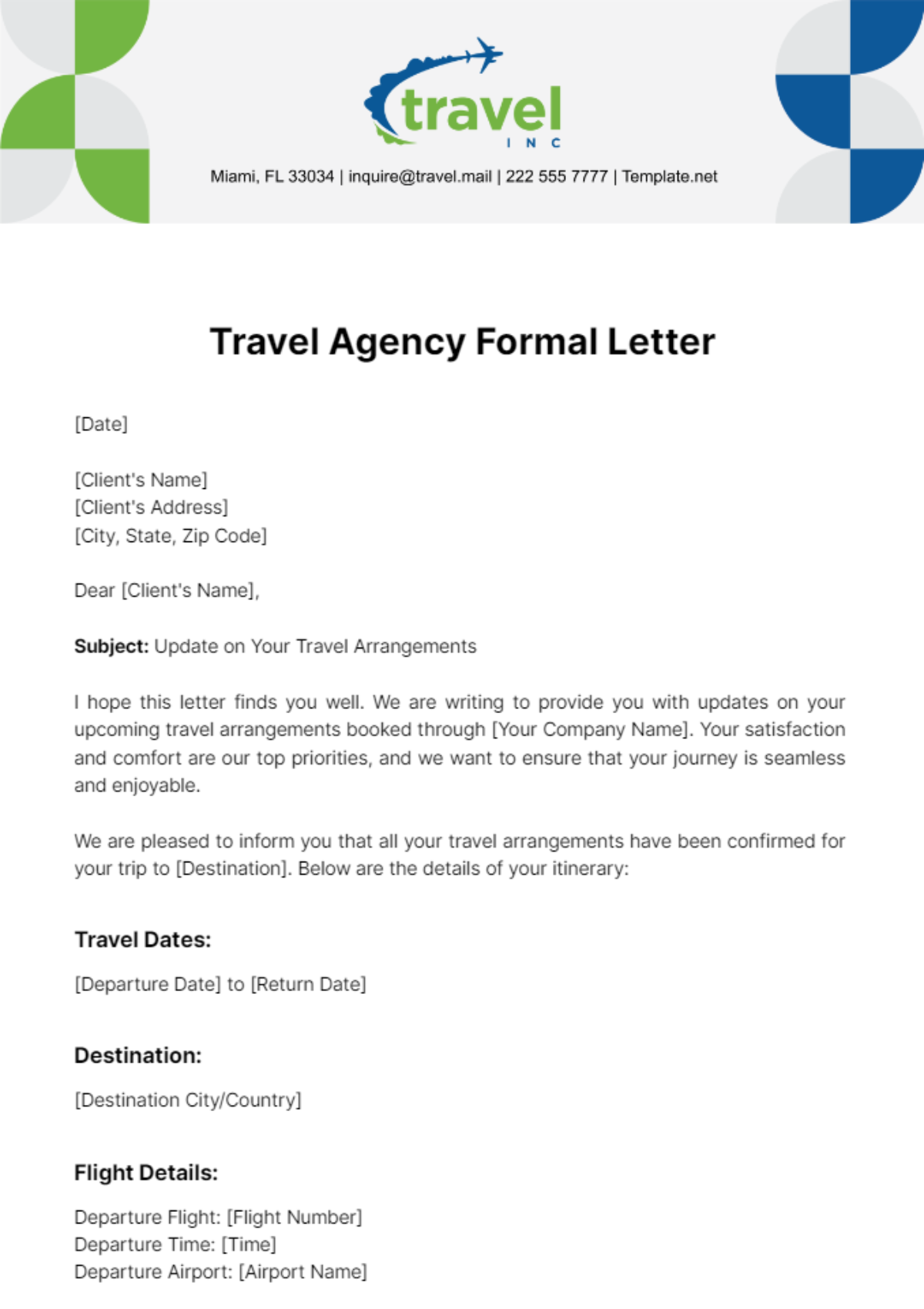Make Your Perfectly Crafted Correspondence Come to Life with Formal Letter Templates from Template.net
Unlock a world of professionalism and clarity with Formal Letter Templates from Template.net. Designed for business professionals, job seekers, and anyone in between, these templates help you keep your communication clear, precise, and impactful. Impress potential clients by using these templates to promote a new product launch, or maintain professional relationships by sending a well-crafted invitation for a corporate event. Each template includes customizable sections for date, recipient details, and contact information, ensuring your letters are always coherent and complete. Best of all, no professional writing skills are required, and their user-friendly structure allows for quick preparation, offering both printable and digitally sharable designs that cater to your unique needs.
Discover the many Formal Letter Templates we have on hand, tailored for a wide variety of professional scenarios. Begin by selecting a template that suits your needs, effortlessly swap in your company logo or personal signature, and adjust colors and fonts to align with your branding. Elevate your document with advanced touches, such as dragging-and-dropping icons or adding AI-generated content suggestions for a polished finish. With endless possibilities at your fingertips, crafting the perfect formal letter is not only simple but also enjoyable. Our library is regularly updated with new designs, ensuring you stay ahead in communication trends. When you’re finished, download your masterpiece or share it across various platforms via email or direct link.

